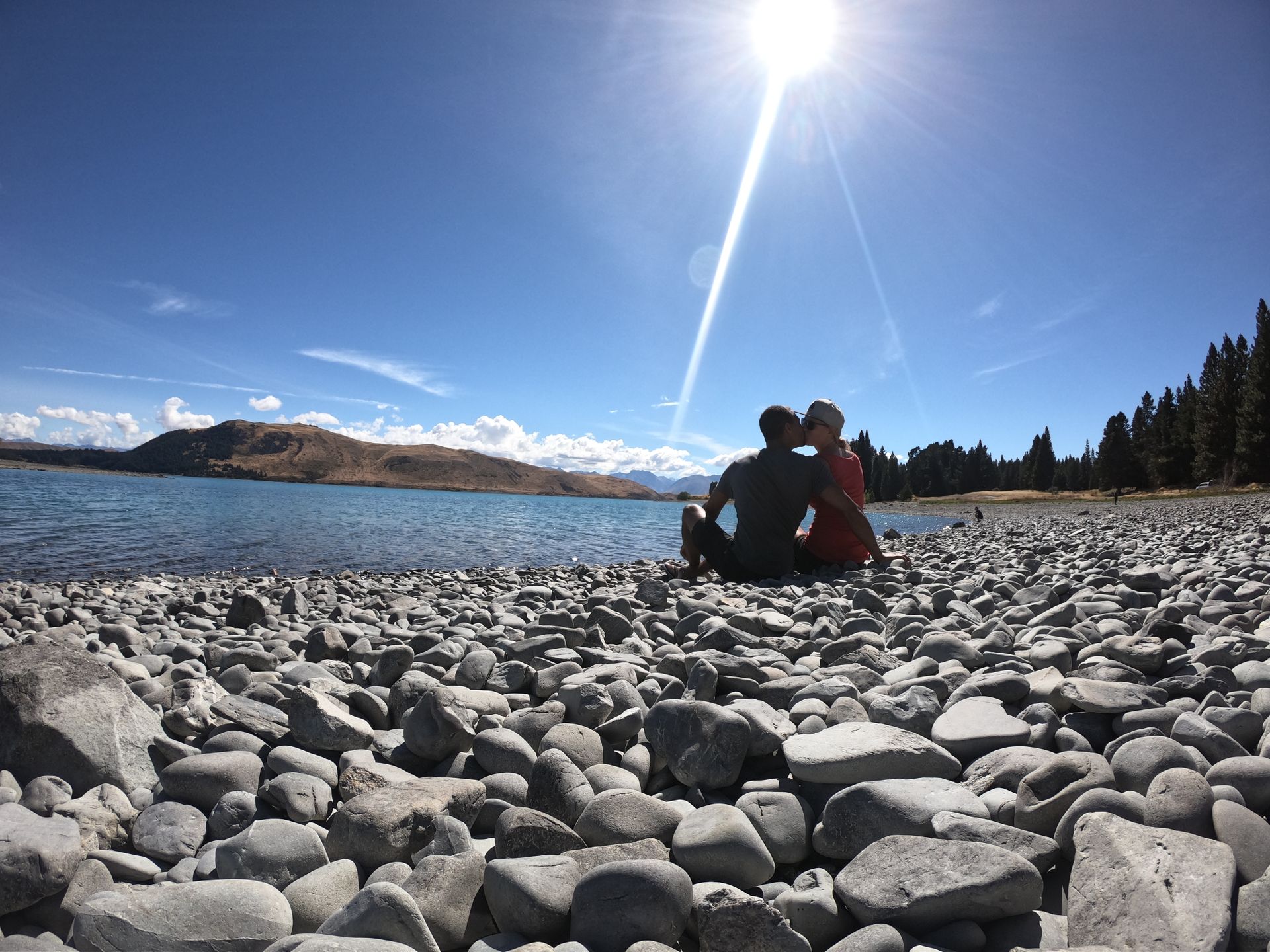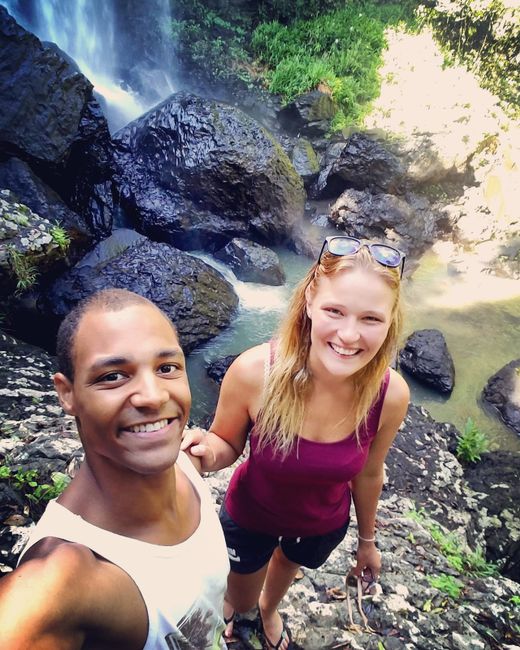3000 km through the Australian Outback - From Adelaide to Uluru and back
Paskelbta: 21.01.2019
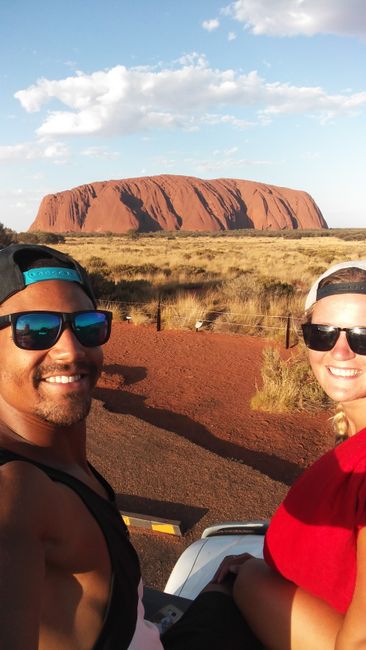
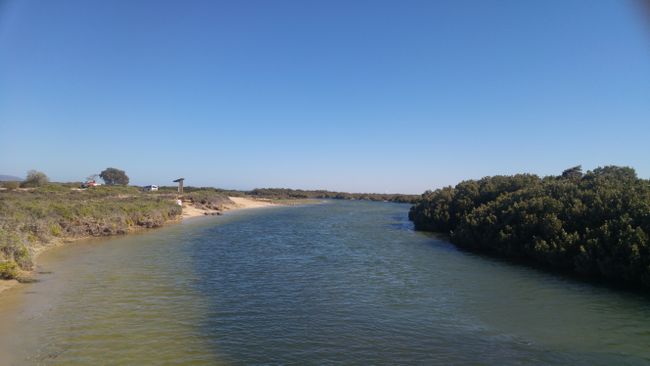
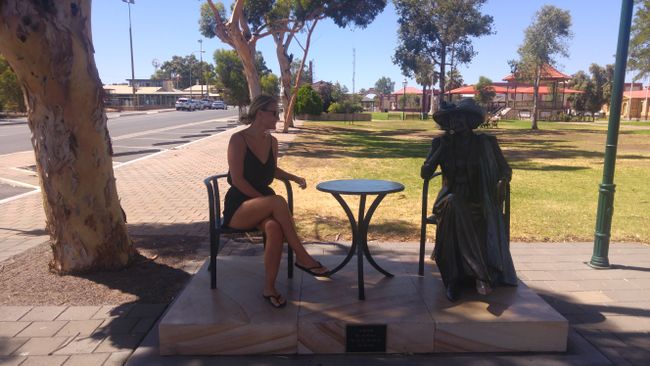
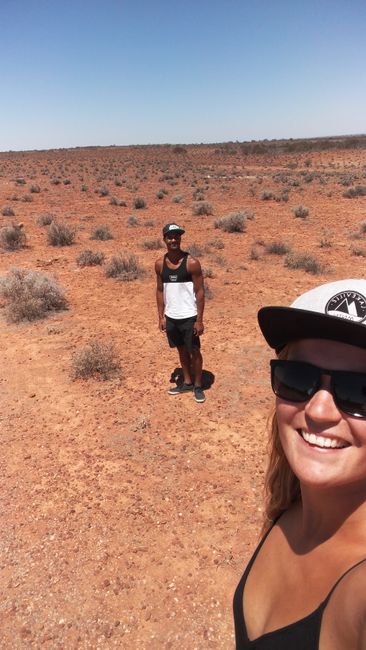
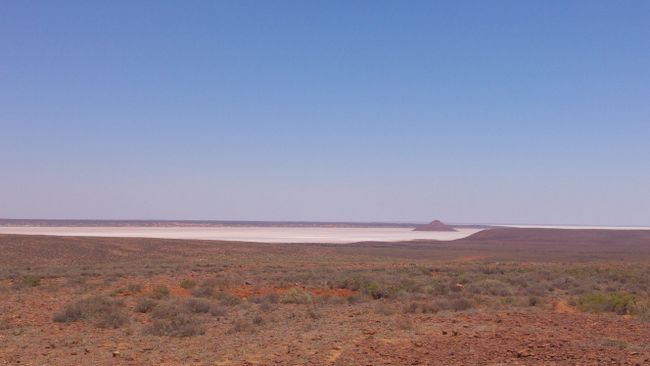
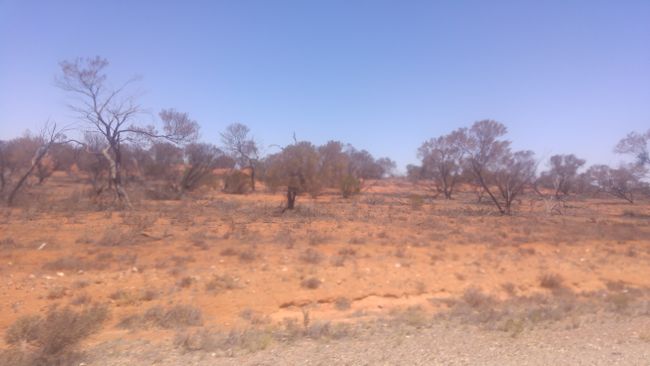
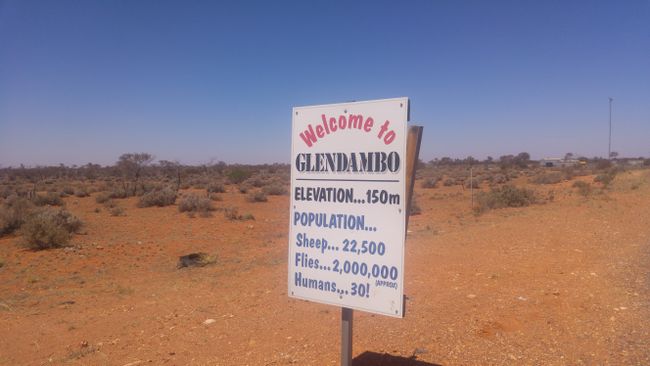
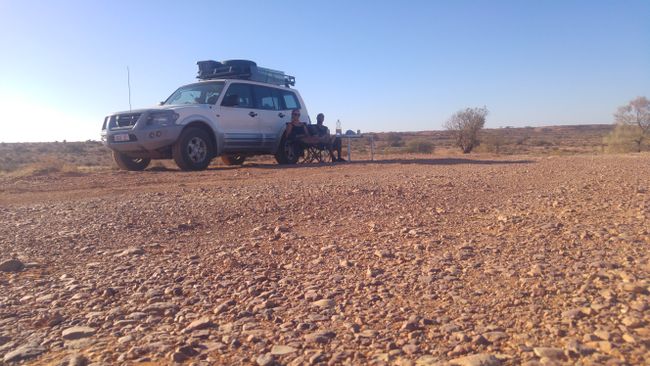
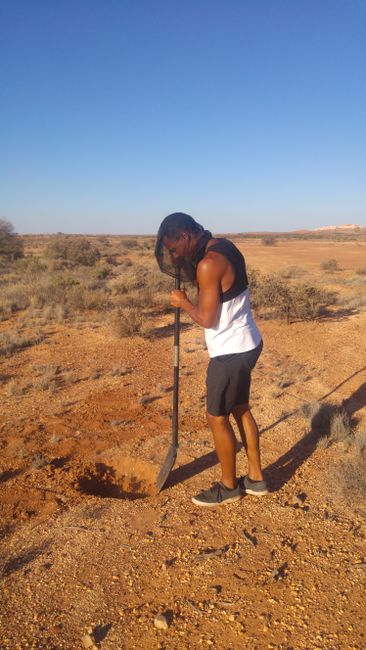
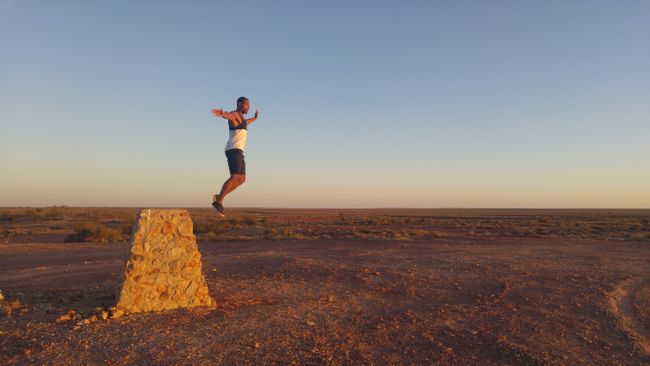
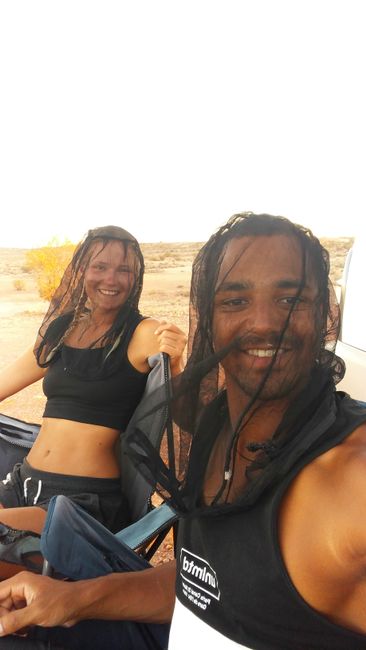
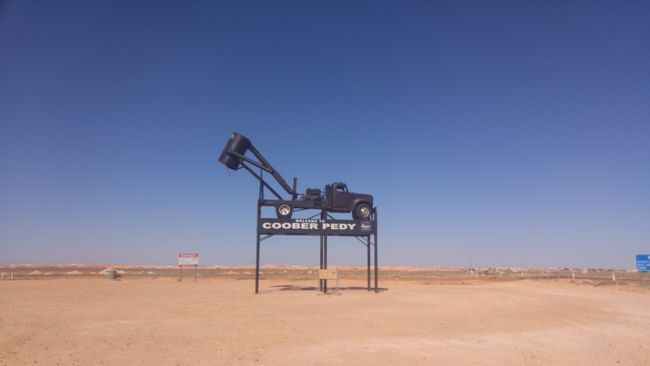
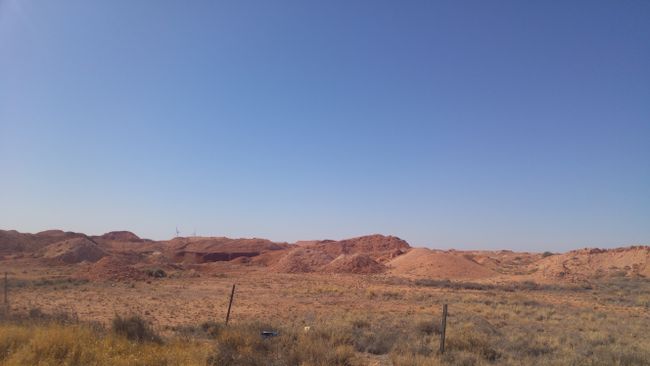
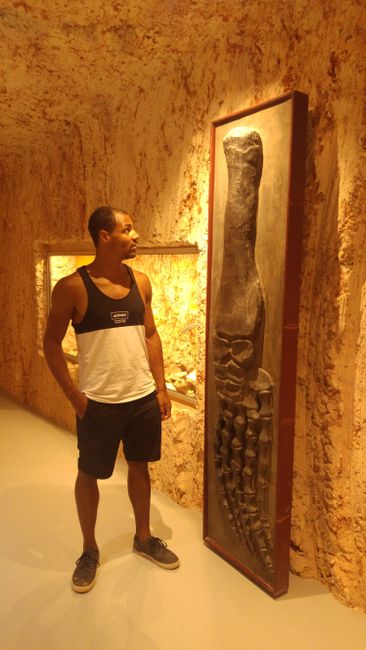
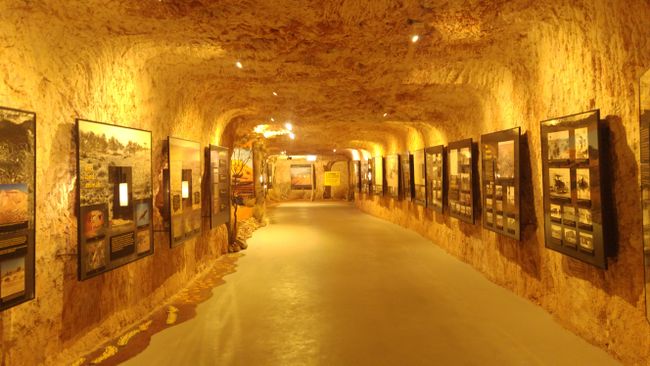
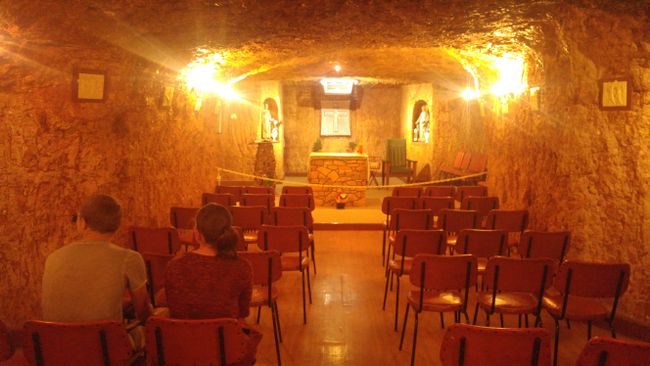
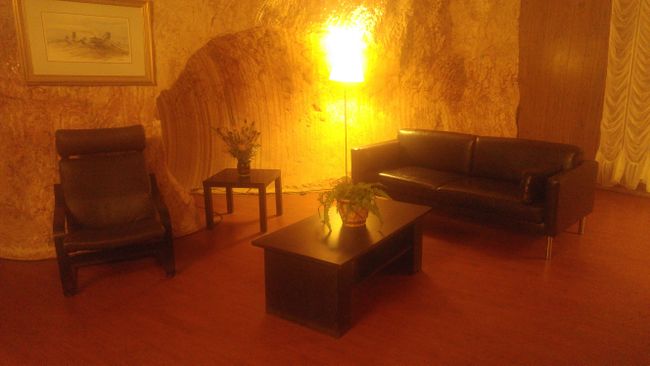
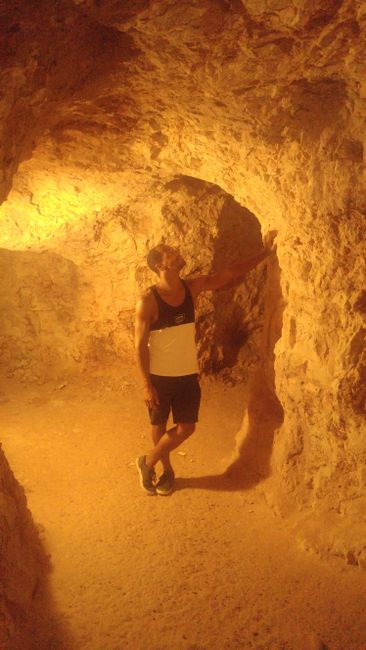
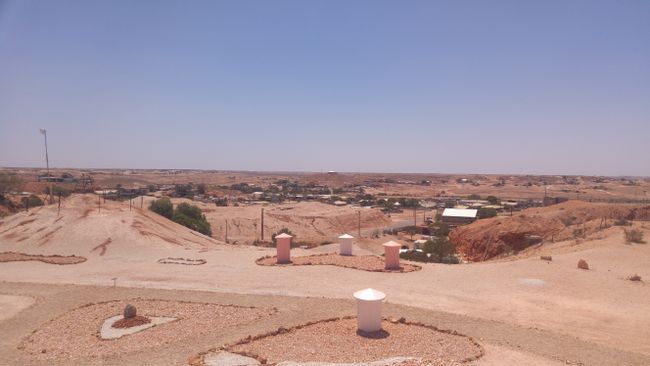
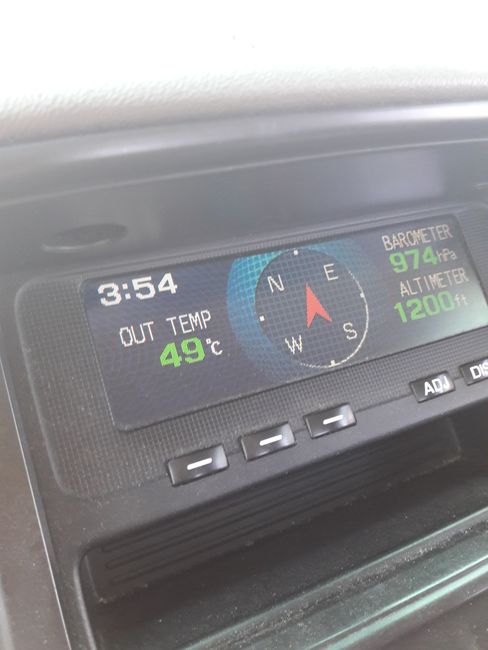
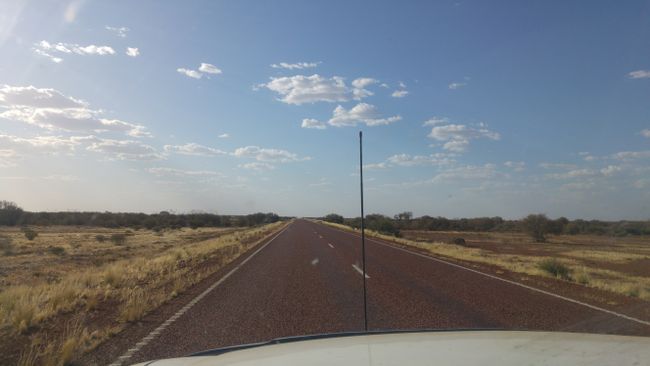
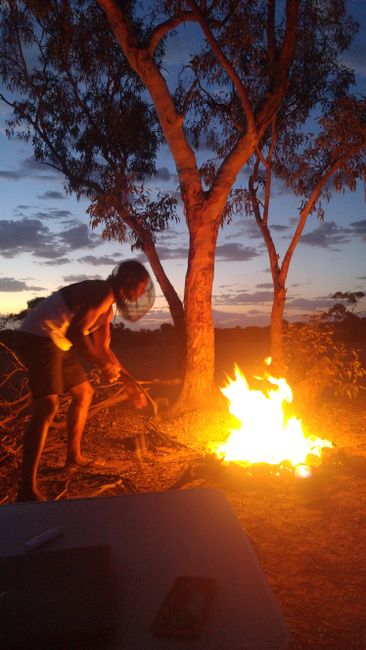
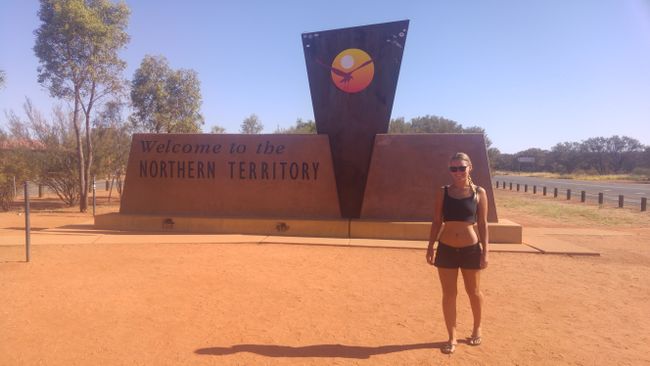
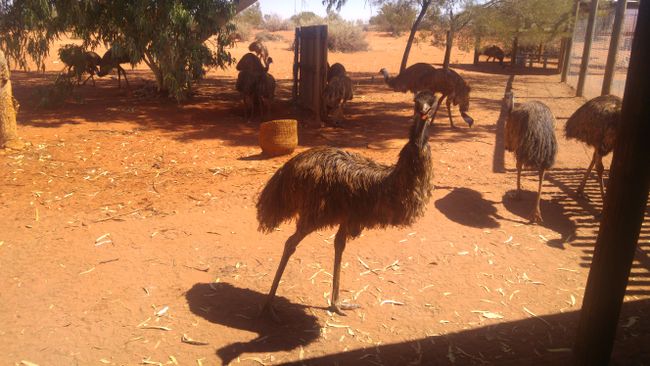
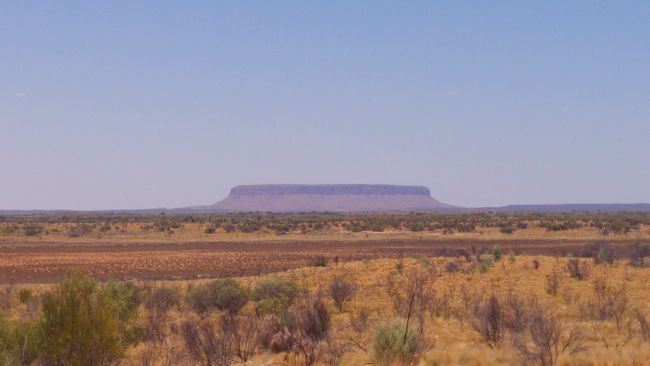
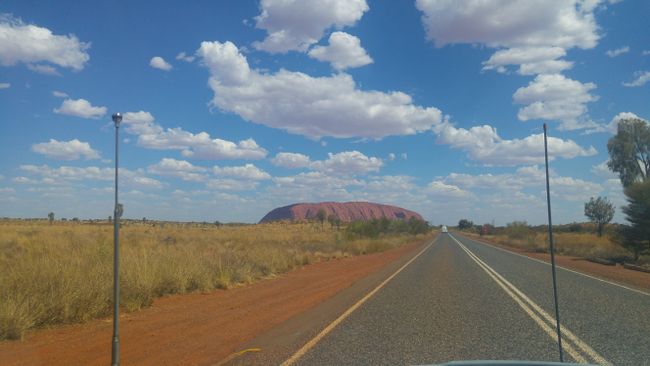
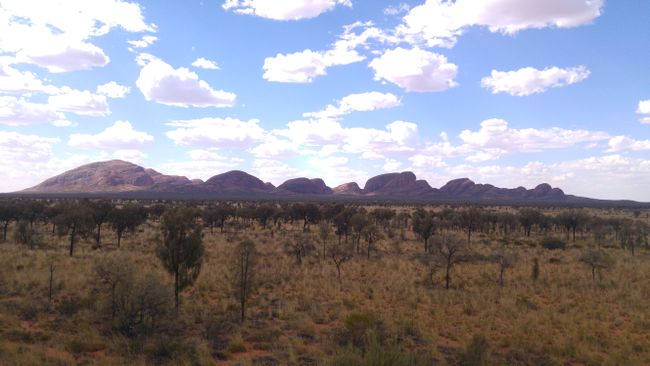
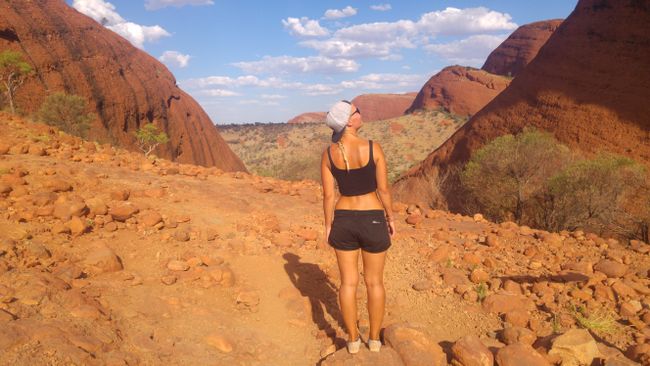
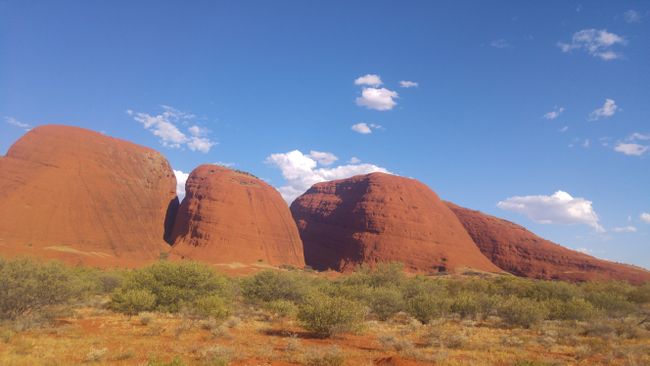
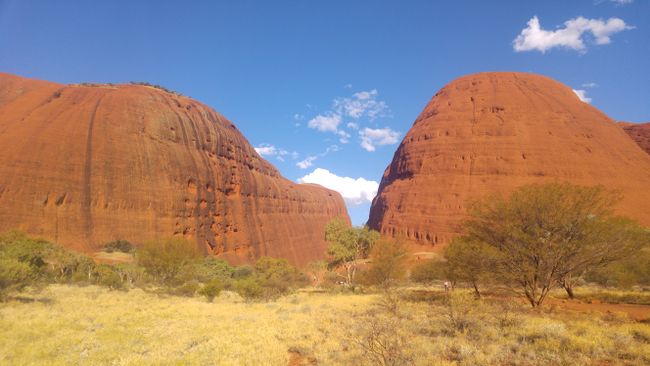
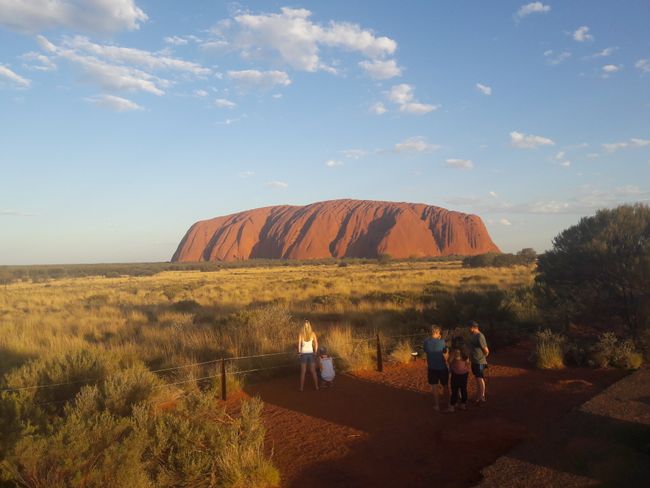
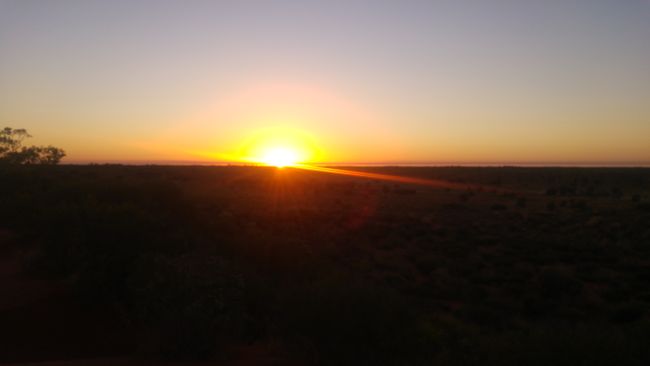
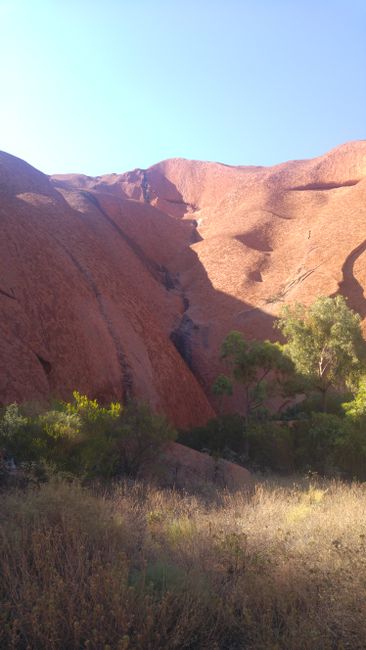
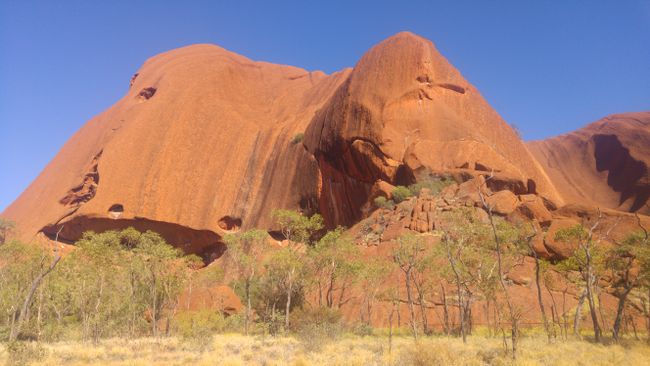
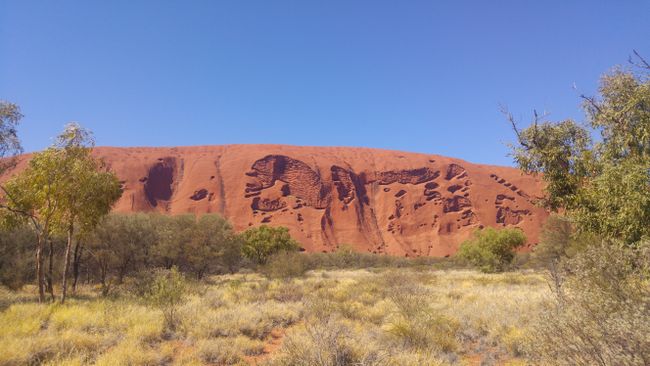
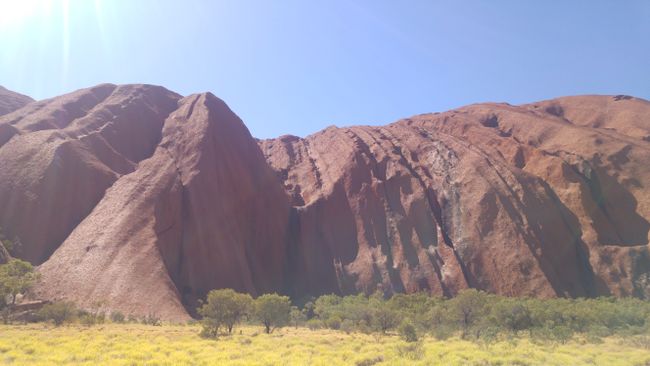
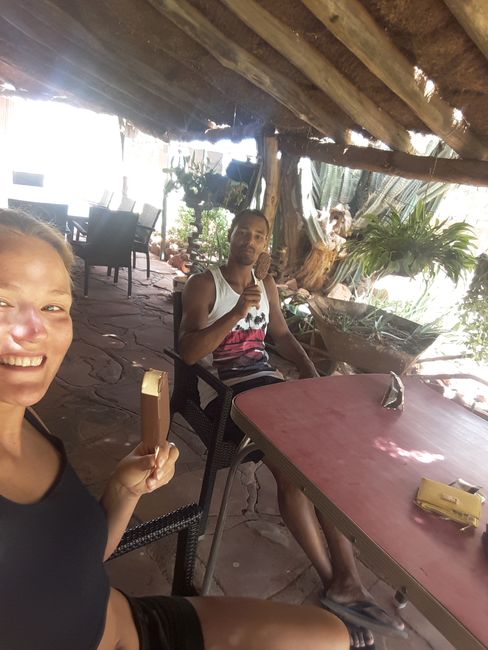
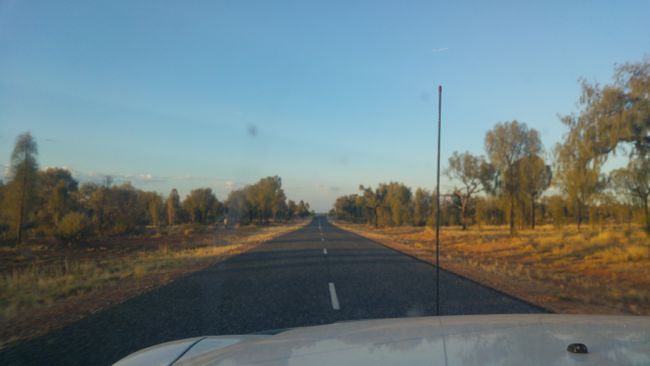
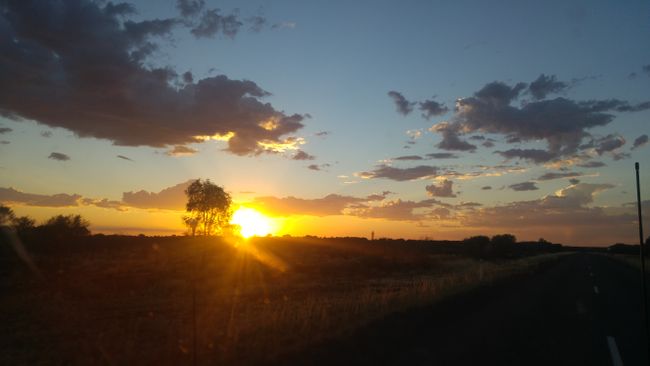
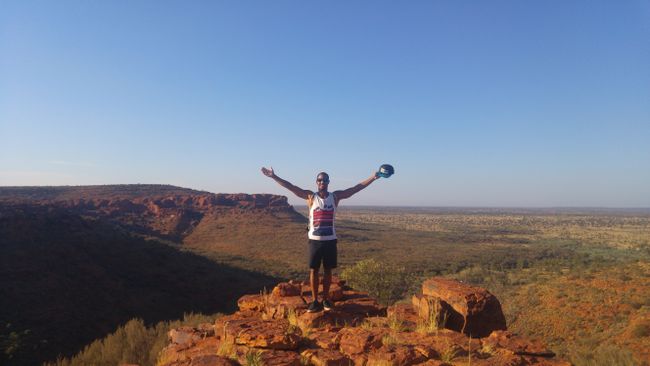
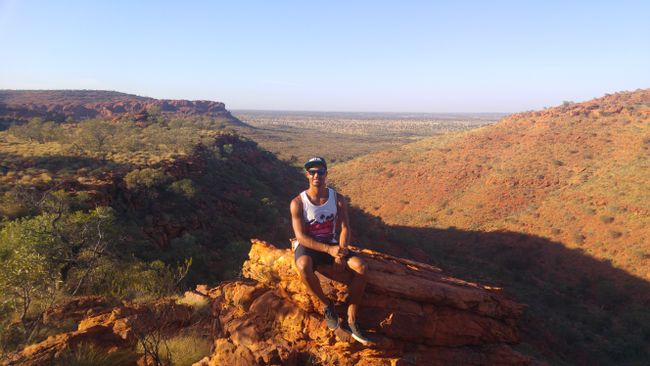
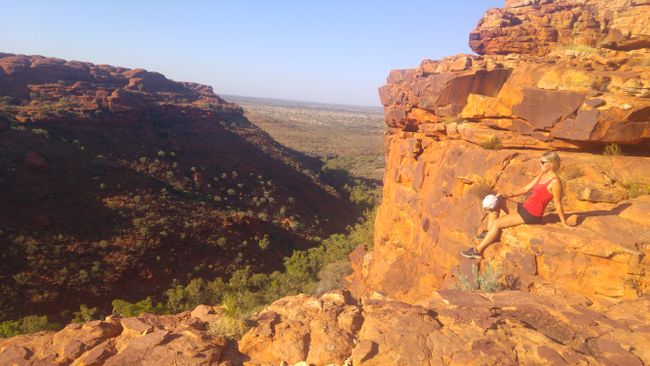
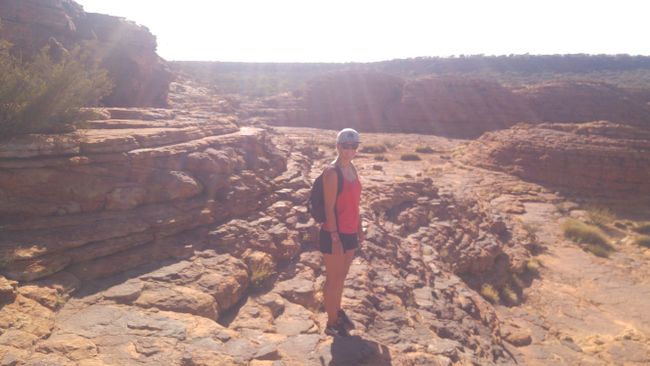
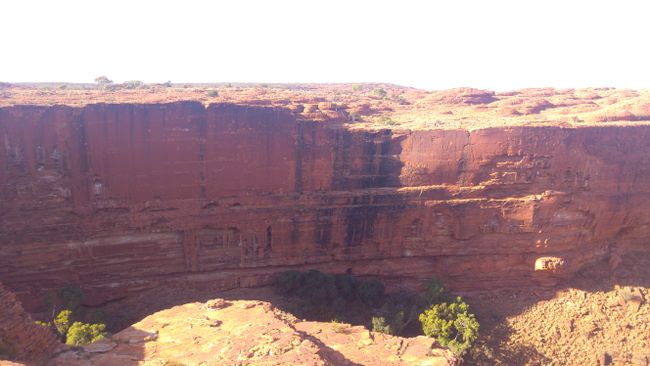
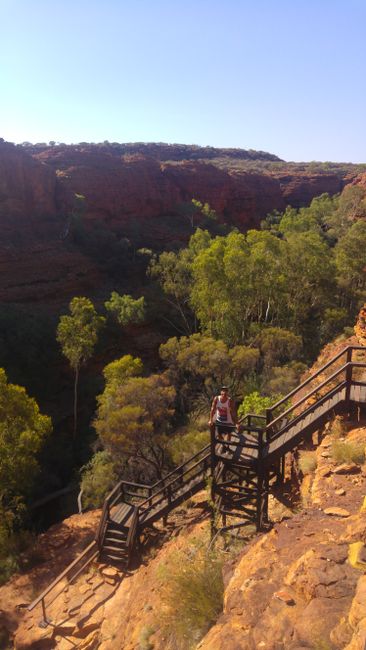
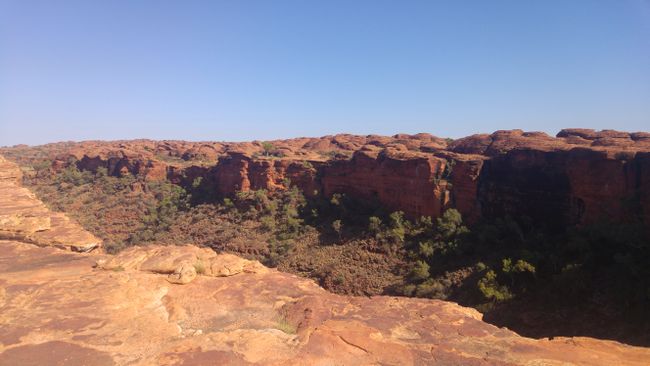
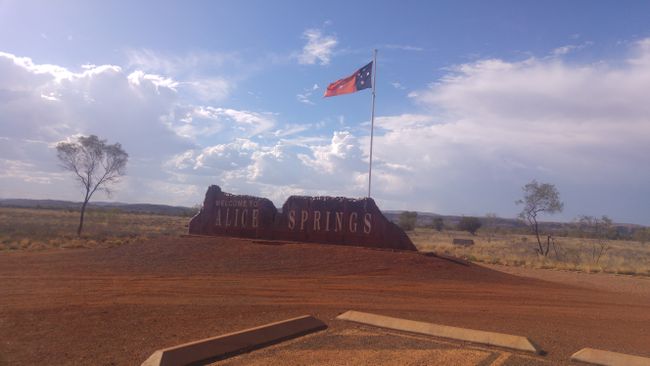
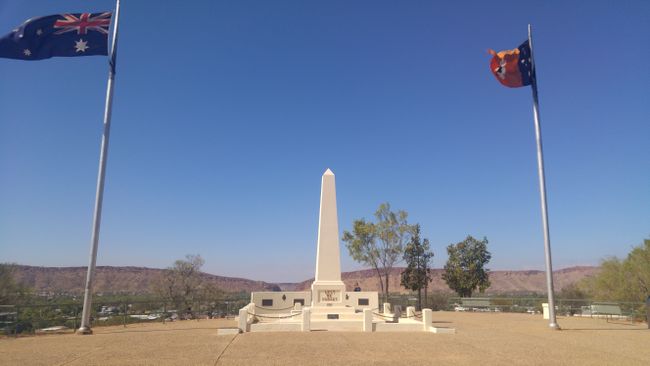
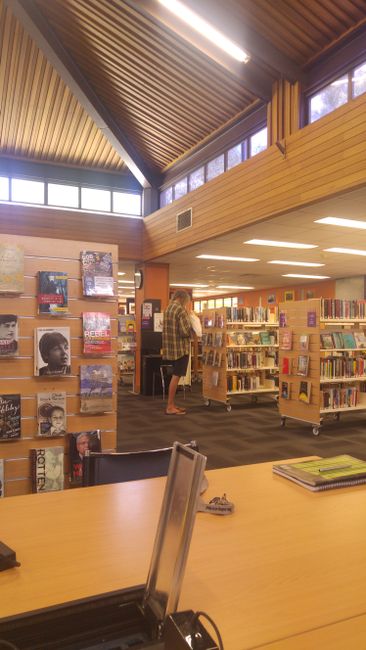
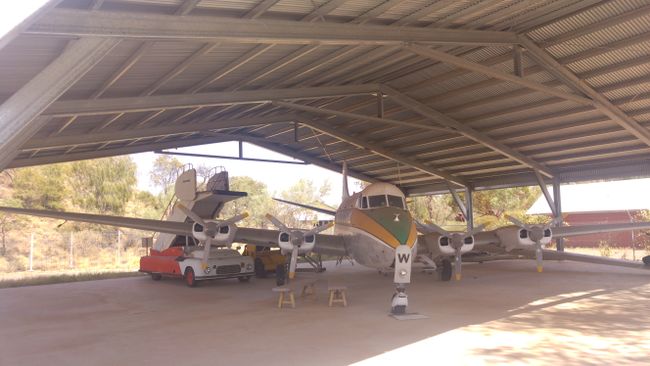
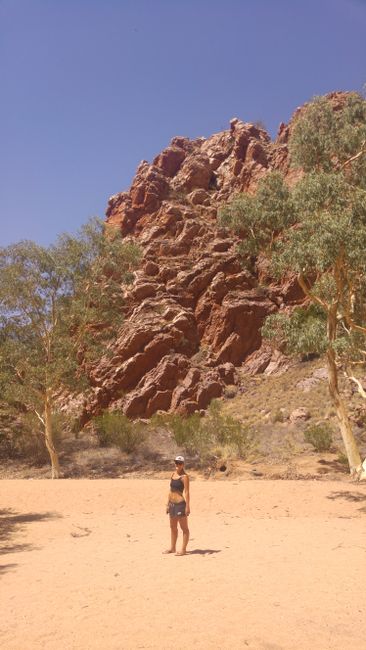
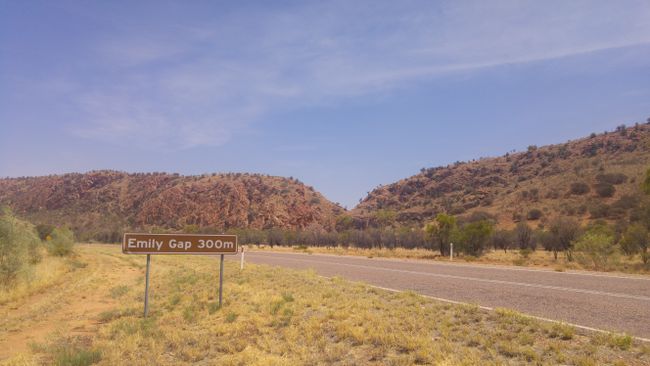
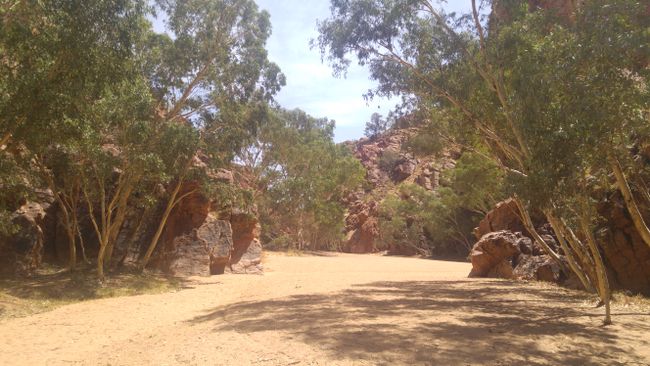
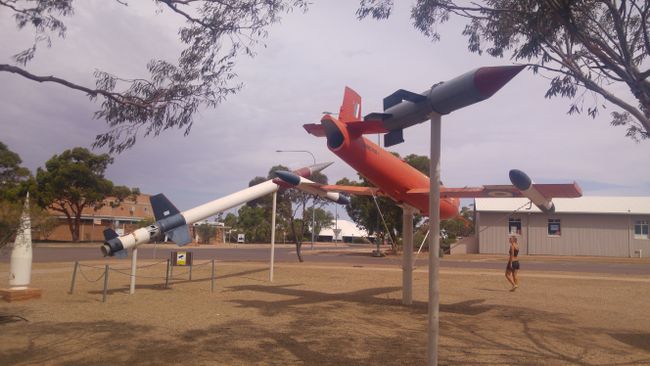
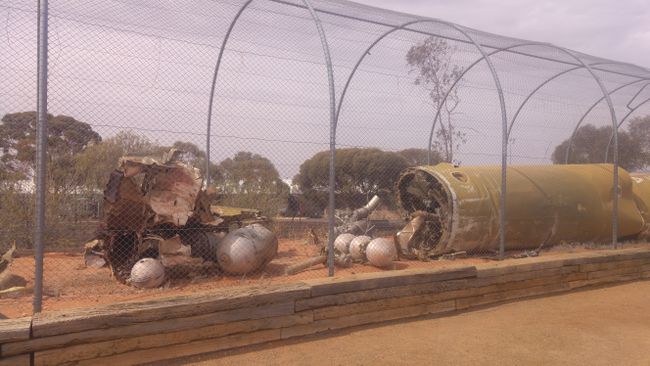
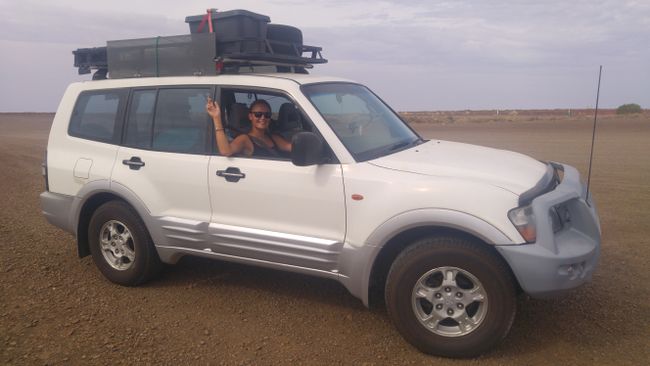
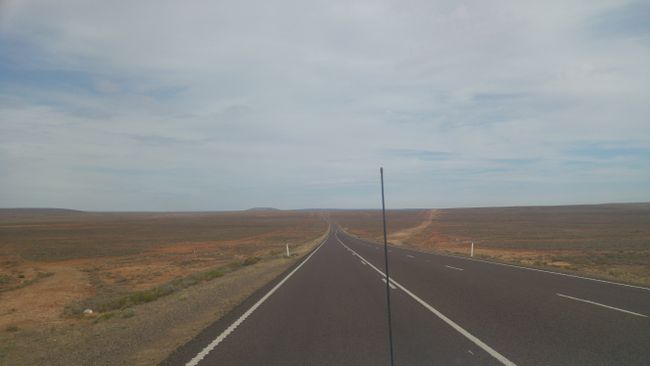
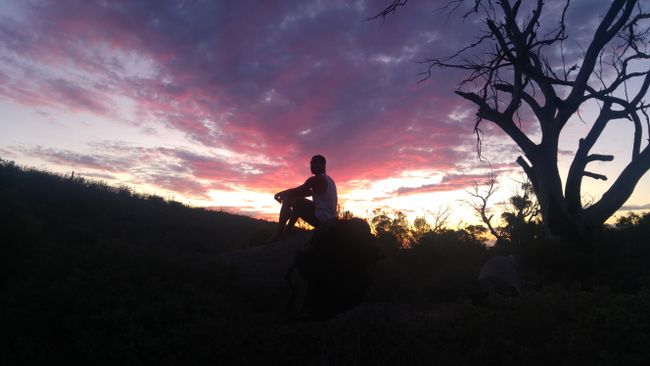
Prenumeruoti naujienas
Now it was time, the Australian Outback awaited us after we had explored Adelaide and the surrounding area. Our plan was to drive from there to the approximately 1500 km distant 'Uluru' or 'Ayers Rock'. When you are in Australia, you have to see it at least once. We decided to do the drive on our own instead of paying more than $1500 per person for an Outback tour. We invested the money in new tires for our car so that we wouldn't get stranded. We also signed up for the Australian ADAC, the 'RAA', to get help in the Outback if we get stranded.
After leaving Adelaide on Saturday and sleeping in a camp just before Port Augusta, we started leisurely on Sunday morning and explored the surroundings of the camp. A beautiful lagoon was not far away, from where you could also see the other side of the bay and mountains in the distance.
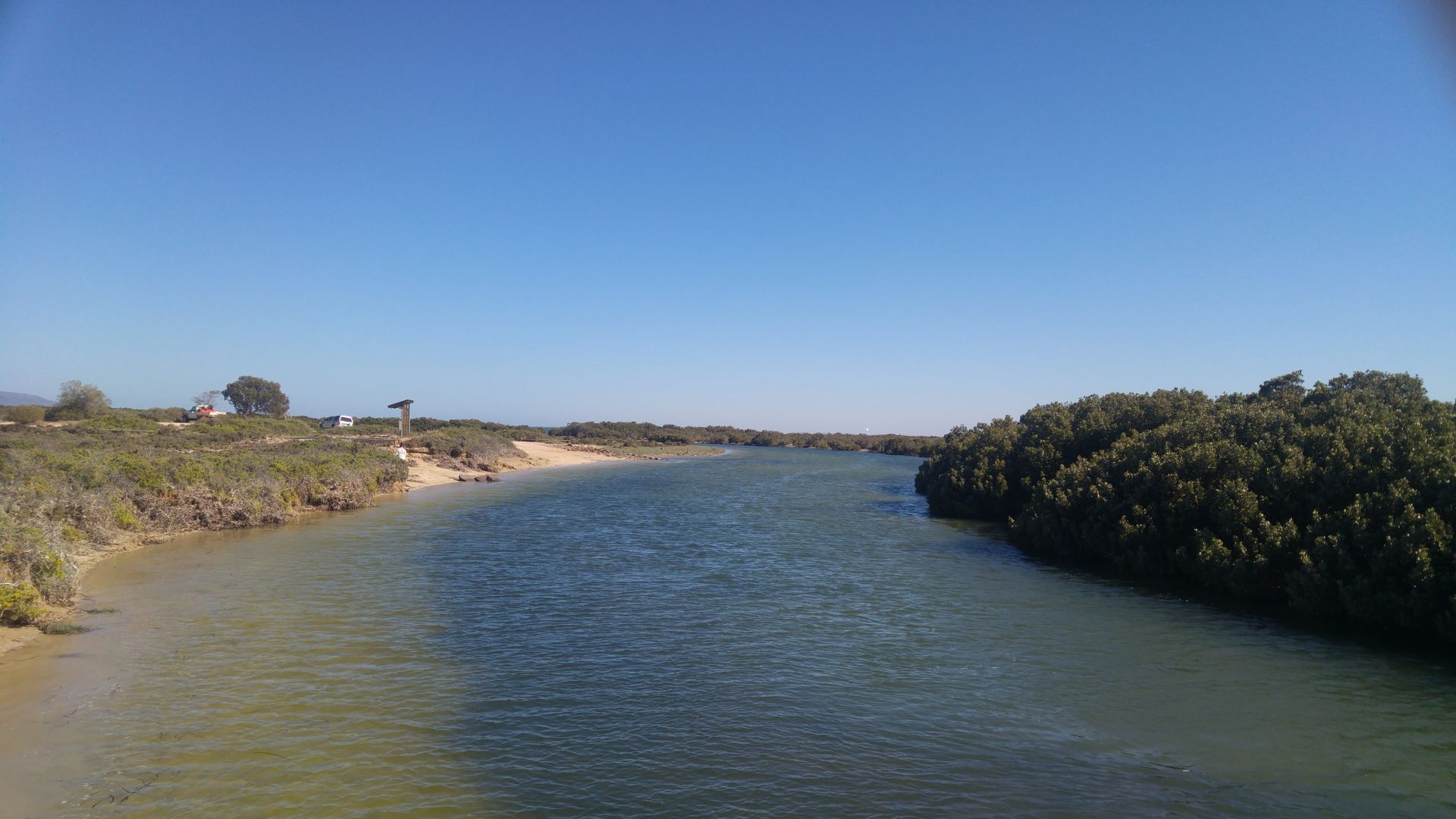
Right when we left, we encountered a large kangaroo next to the dusty road. After a short check on both sides, we continued to Port Augusta. This city is the last major one before you encounter the kilometre-long nothingness of the Outback. We refilled our water reserves and, more importantly, our tank, as we did not get a spare canister. Our car comes with a tank fill of about 500 km. Hopefully that should be enough.
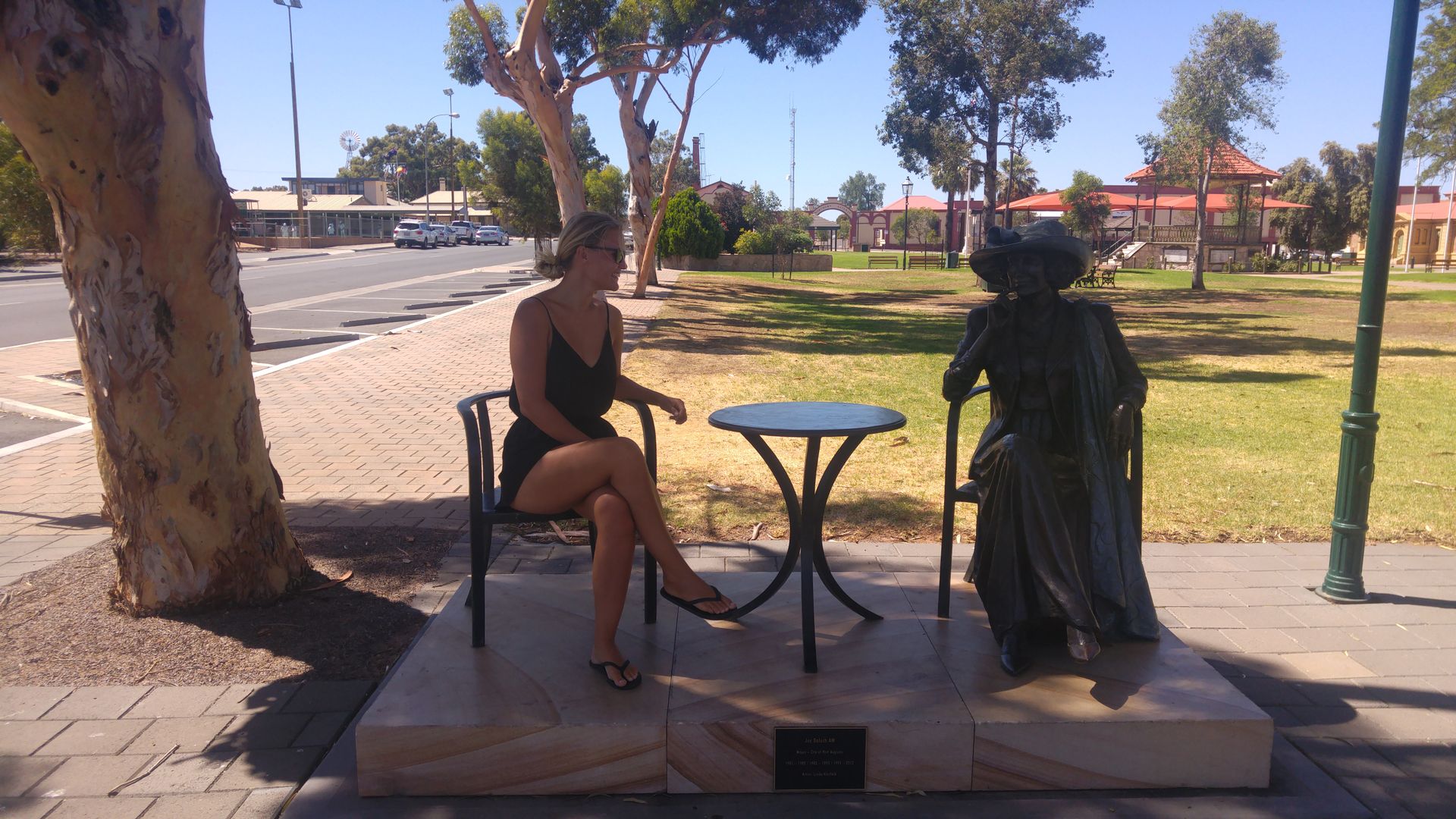
We only interrupted our drive with short stops at viewpoints. At temperatures of 49°C, you really don't want to leave the air-conditioned car. The first time we stopped at the Range View Lookout, from where we had a great view of the Flinders Range.

We also took a short detour to the Photo Lookout of the Island Lagoon.
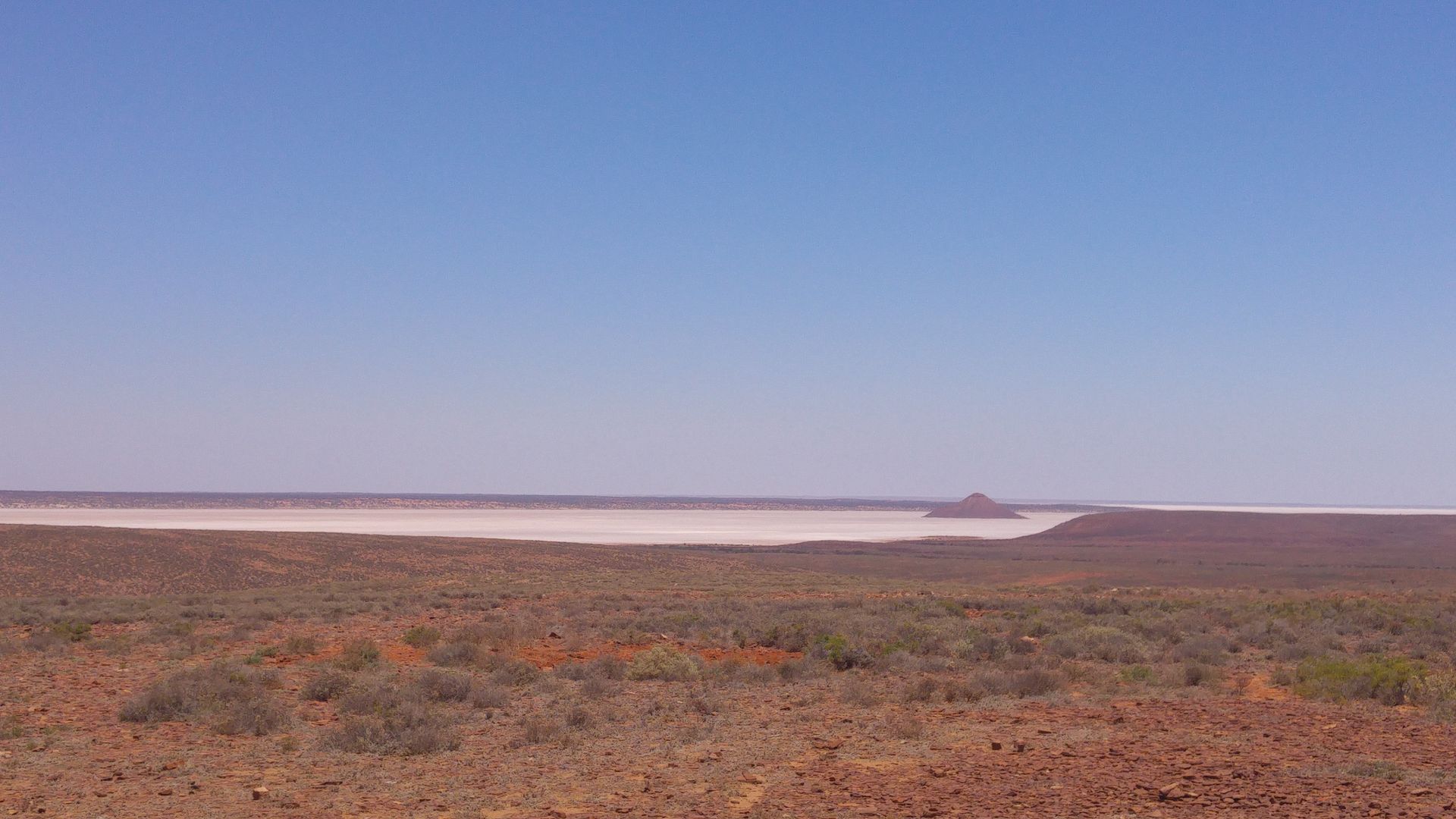
Only in Glendambo, 288 km from Port Augusta, did we take a lunch break. There wasn't much to see there except for a gas station where we dutifully refueled and an amusing entrance sign to the town:
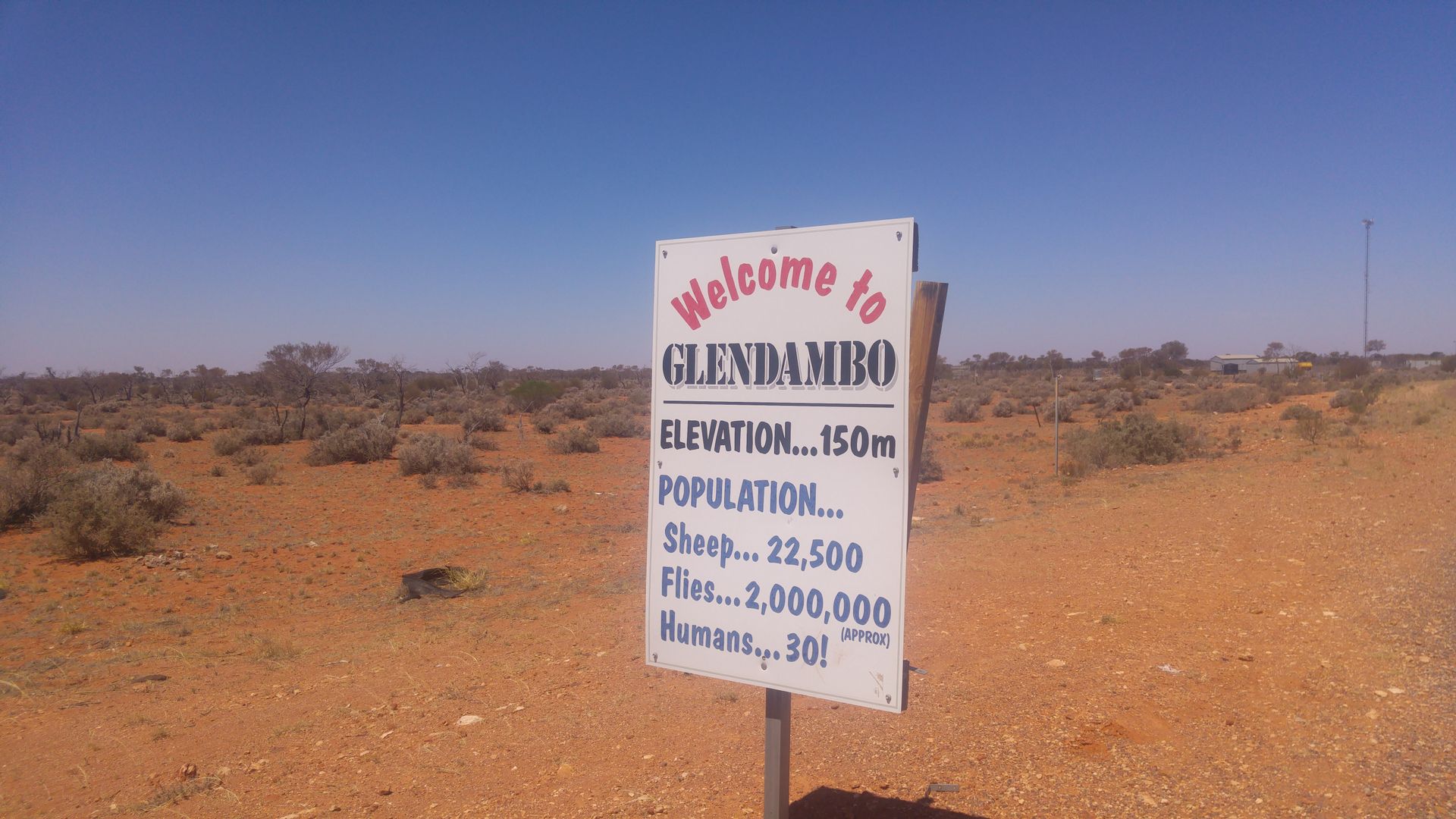
In fact, the flies in the Outback are particularly numerous and bother with their constant buzzing and climbing around the head, trying to reach the fluids in the mouth, nose, eyes and ears. It cannot be endured voluntarily for a long time. So back on the road and comfortably at 110 km/h north. In addition to the vast distance of the Outback, you unfortunately see dead kangaroos and cows lying on the road, which were hit by cars. The corresponding car wrecks are usually not far away. Therefore, we avoid driving in the dark and keep our eyes open for animals.

After covering 570 km that day, we stayed overnight just before Coober Pedy at the Hutchinson Memorial. There was nothing there except for a mini memorial and the shining sun when we arrived in the late afternoon.
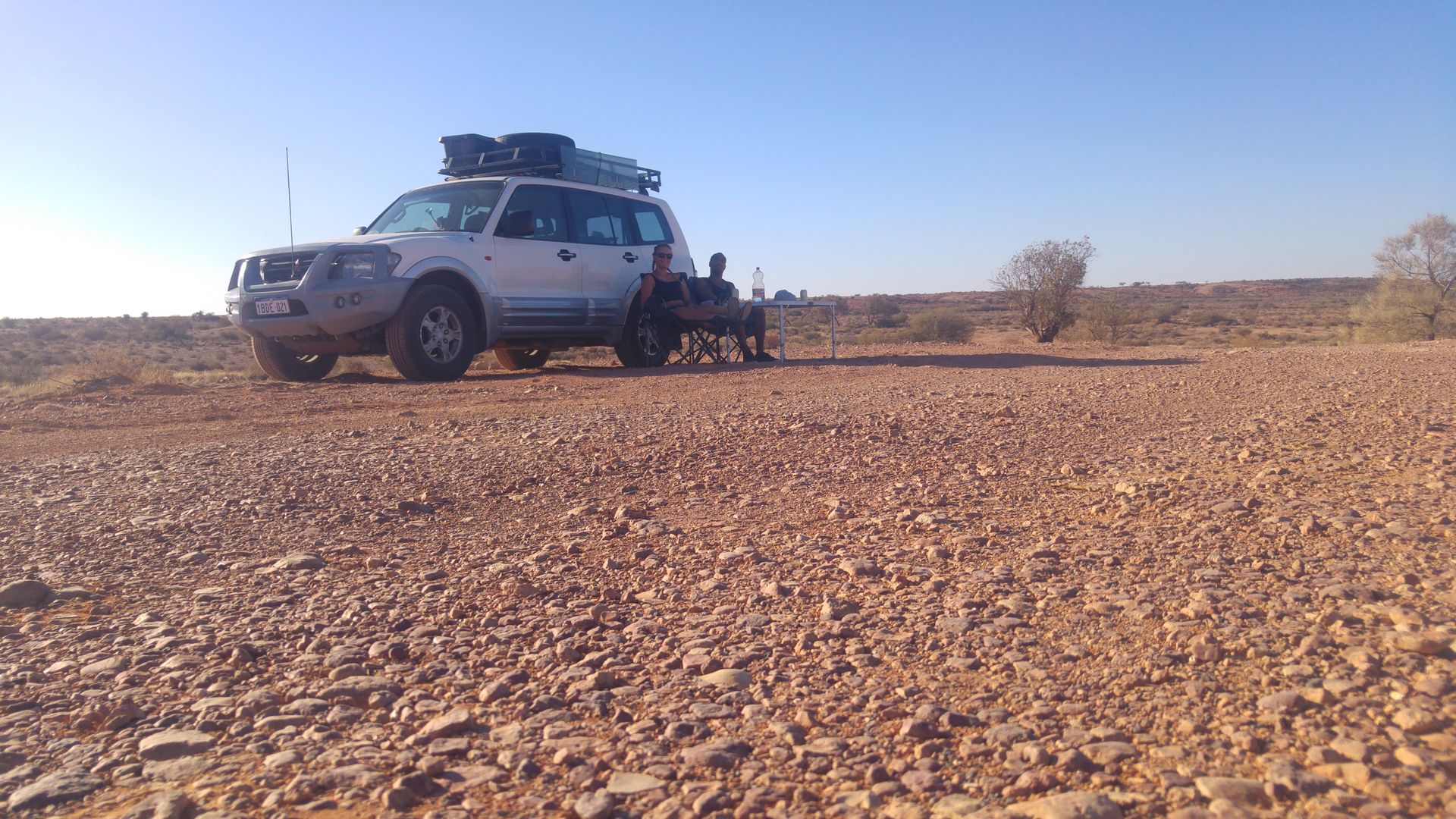
We mainly hid in the shade of our car. But sweat was flowing in streams, much to the delight of the flies. Fortunately, our dear friend Alex gave us a fly net before our Australia trip. We really needed it now.
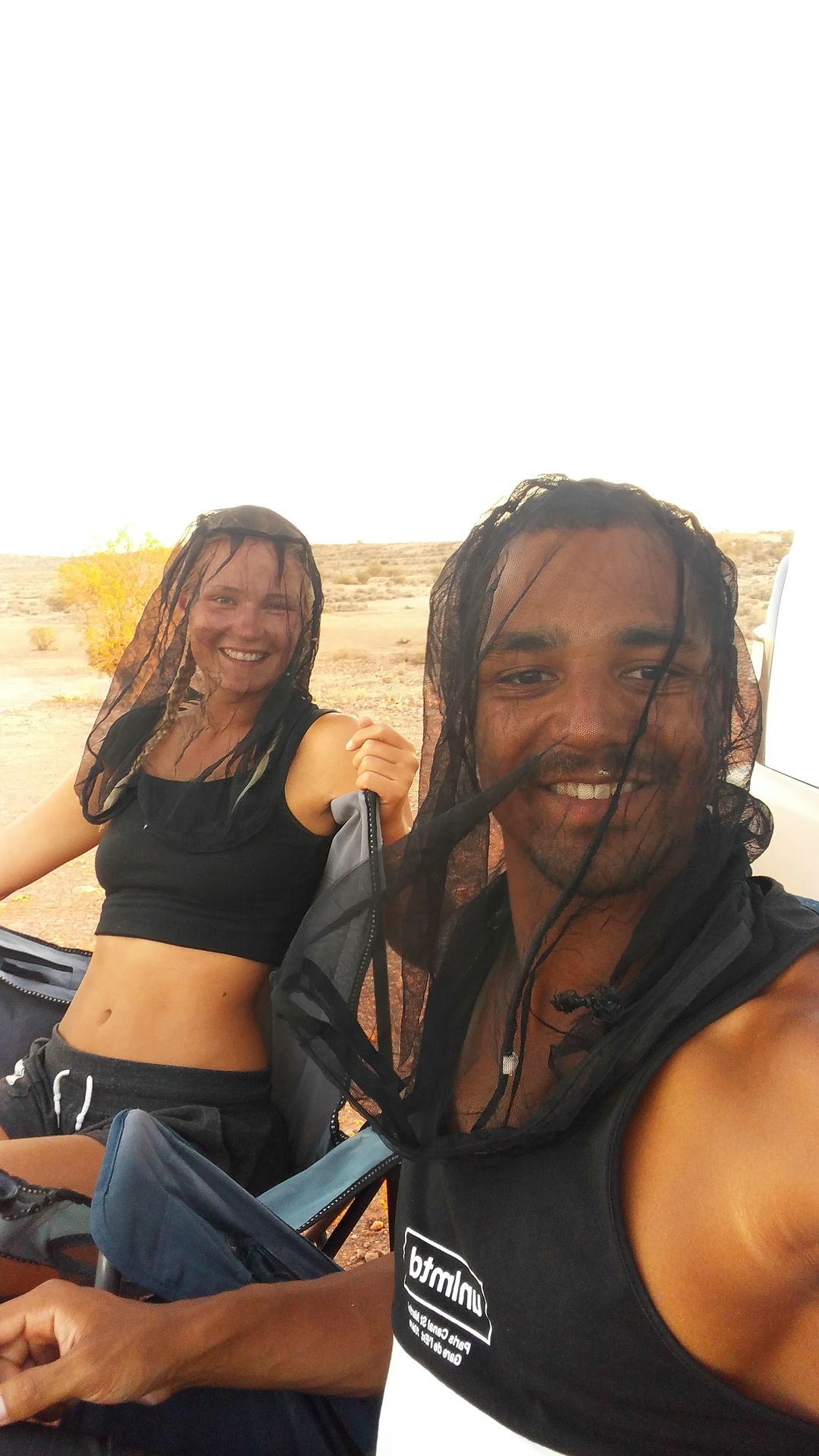
Kenny tried to search for opals with our spade for another 10 minutes, but quickly gave up. Digging in the ground in that heat is not much fun.

When darkness fell, the flies gradually stopped bothering us and it became wonderfully quiet. Apart from the odd roadtrain at sunset, it was just the two of us and the beautiful starry sky. We hoped for a cool down at night, but the temperature only dropped slightly below 40 °C, and the gentle breezes blowing through our car were as warm as a hairdryer. That made sleeping really difficult.
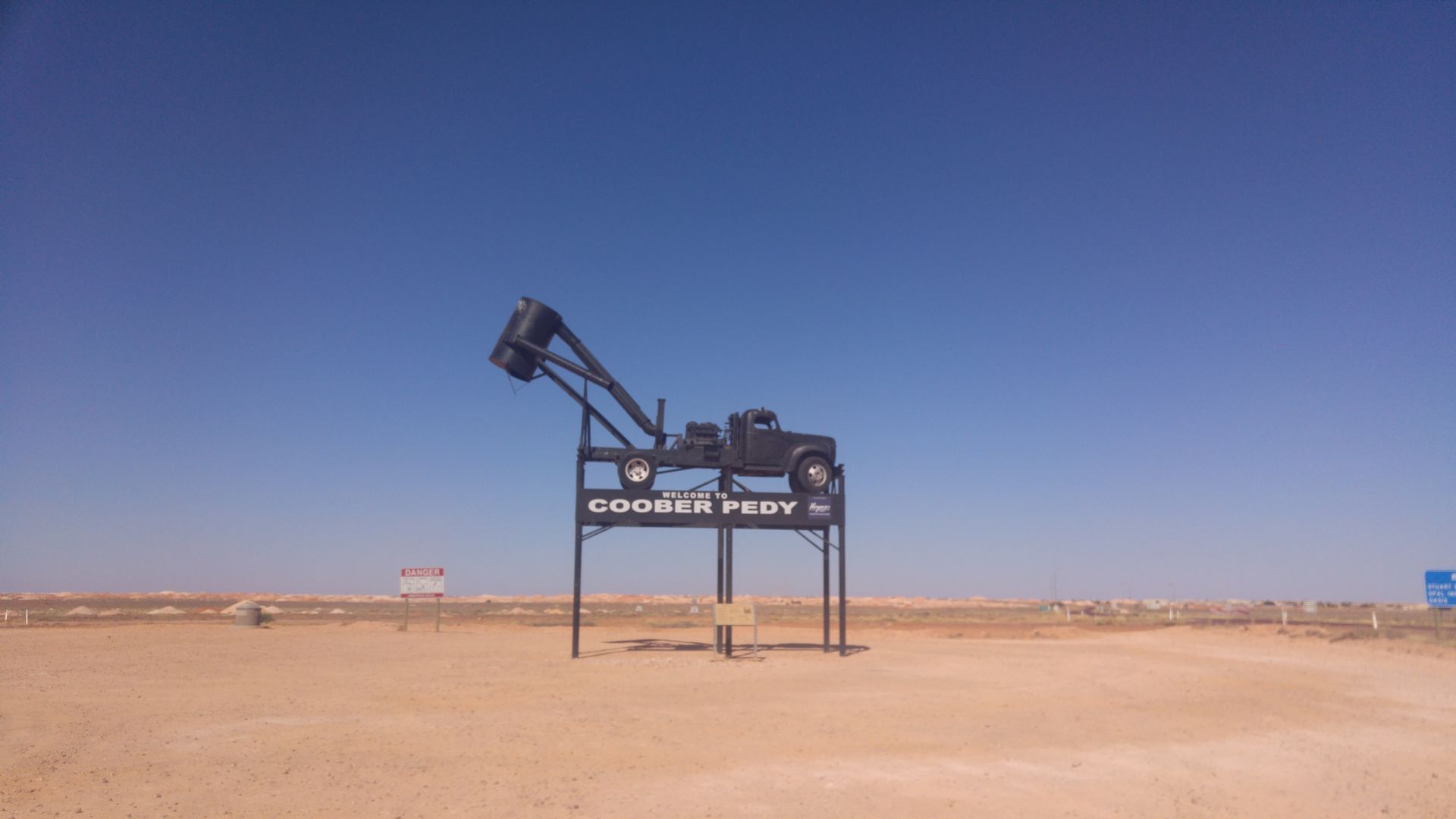
On Monday, we only drove a short distance to reach the town of Coober Pedy. The name roughly means 'White Man in the Hole' and describes the city quite well. The city is known for the world's largest opal deposits and consequently has many mines. When the first people discovered opals here, building materials for houses were very scarce, as there were hardly any trees in the area. So they decided to live in the mines themselves - the 'Dugouts' were created. The advantage of this is that it is pleasantly cool there, at around 20 - 25 degrees Celsius all year round. Churches, hotels, museums, libraries and other public facilities were also created underground.

We stopped at the tourist information center first, hoping for some good recommendations, as we were used to. But we couldn't find anyone there, so we just grabbed some brochures and explored the city on our own. First, we went to the Umoona Museum, where we found out that many ancient fossils are often found during excavations. But it also described how opals are mined and the history of the city. The best part: the museum was underground and therefore cool.
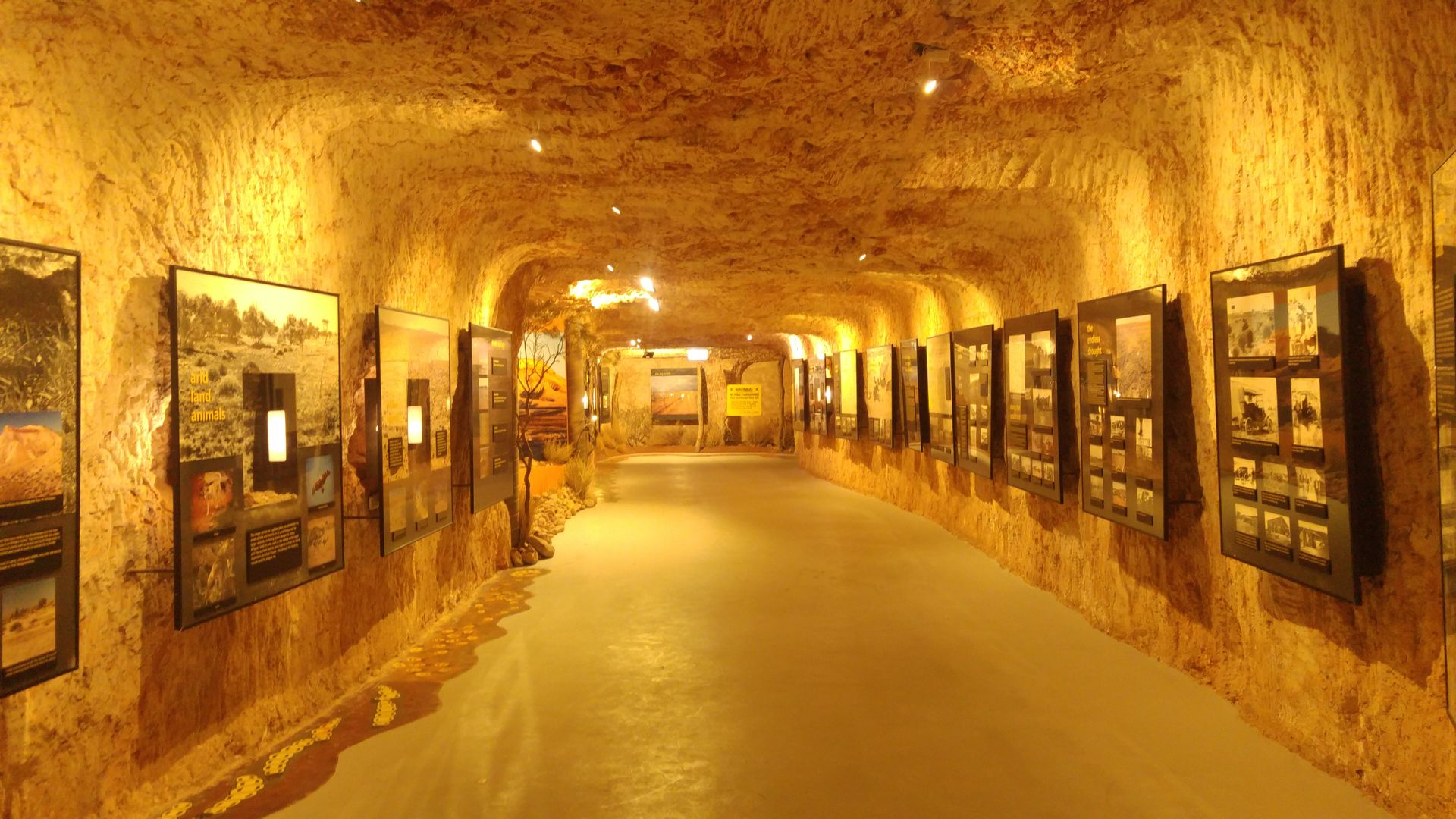
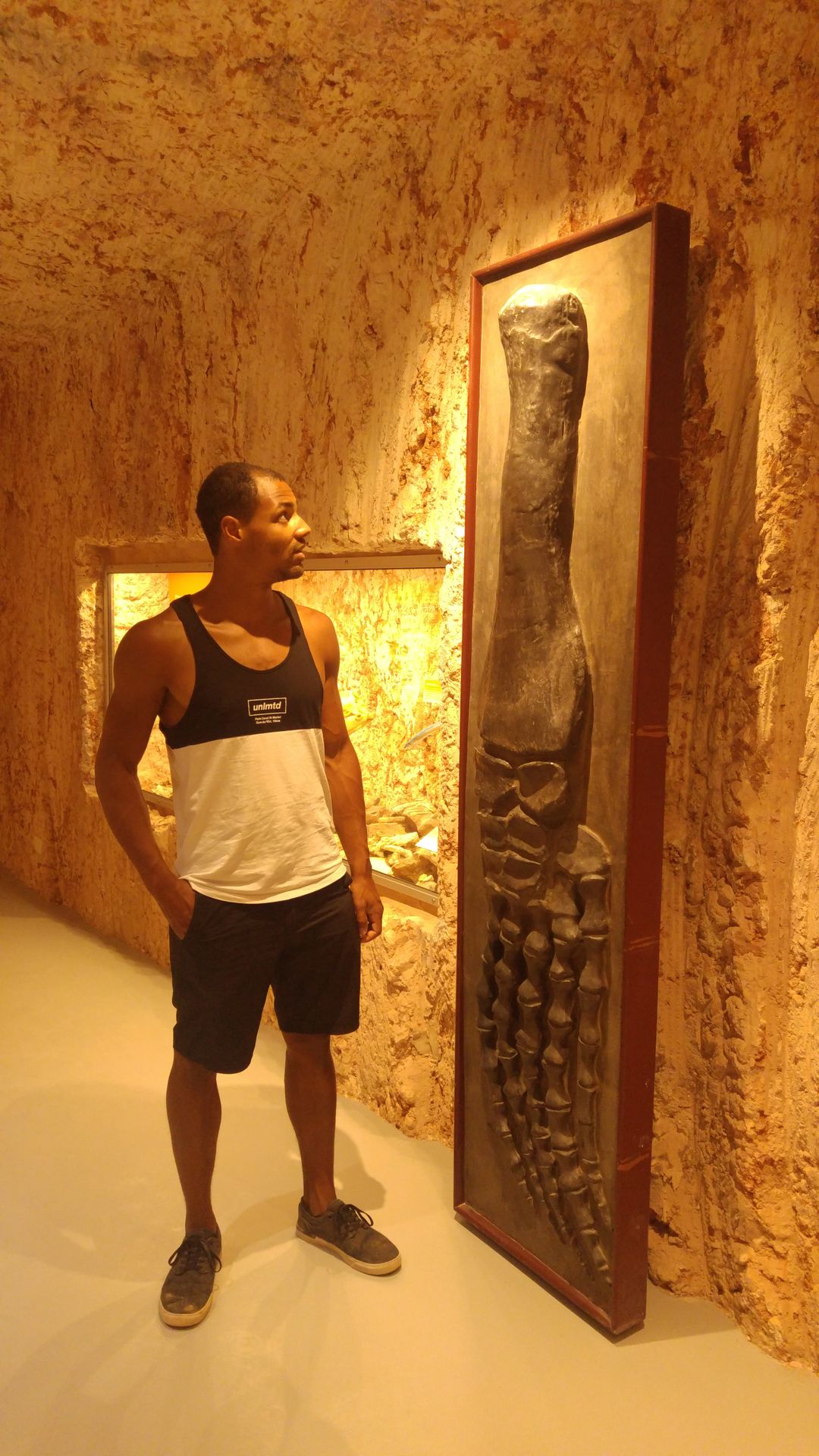
We then had lunch, which we also prepared with the gas stove, and continued to sweat away. This time, it didn't take long to boil the water for the noodles. We saved ourselves directly into the underground St. Peters & Paul Church, which was small and modest.

At 2pm, we went back to the museum because tours of the adjacent mine, including an underground house called a 'dugout', are offered there. A small funny Asian woman who herself lives in a dugout, led us through the mine and explained that opals can be excavated with tunnel boring machines, by hand, or with dynamite. Very cool, walking through the mine and the house. It was worth $12 per person :)
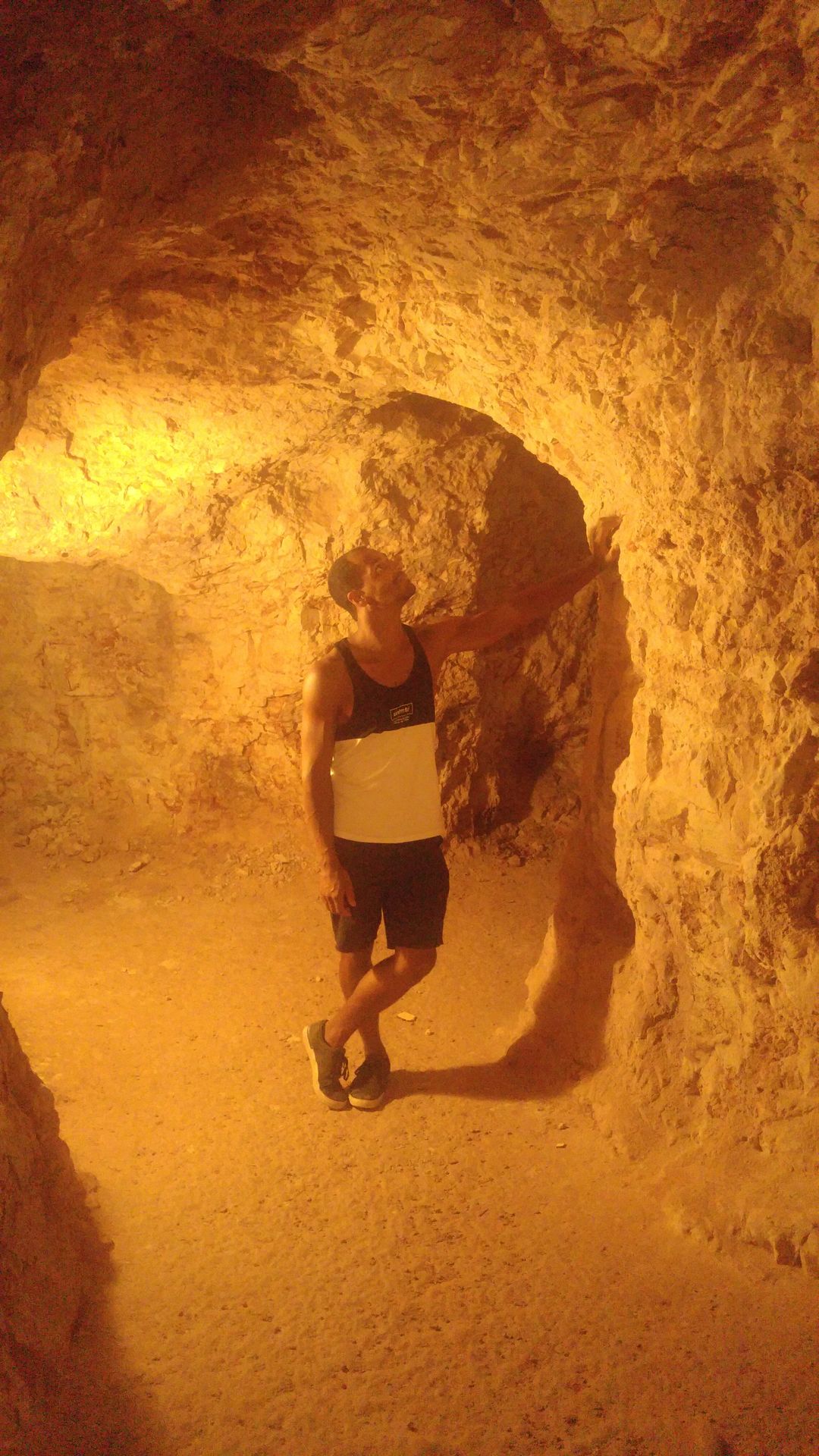
As we walked 20m to the lookout above the museum, the sun tortured us again, and the brightness was unbearable for Krissi after the underground darkness. However, Coober Pedy does not look so spectacular from the outside, as most things happen underground, as I said. Many sand heaps are scattered around the city and the surrounding area, which were created by the mines. Otherwise, everything is dry and dusty.
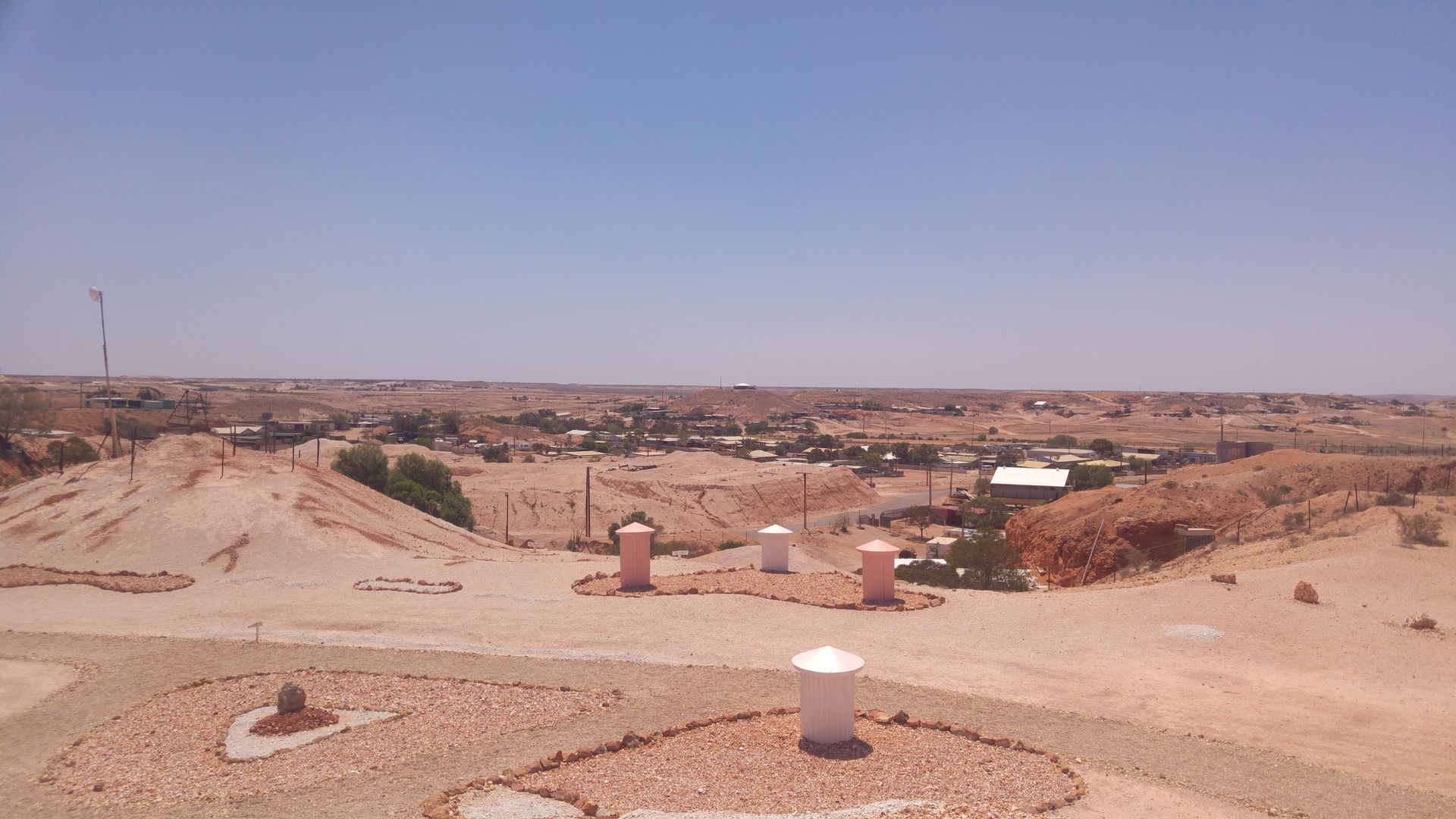
We briefly visited the Underground Bar at the Desert Cave Hotel and then went to the public 'Noodling Area'. There, you can search for opals on your own in sand heaps that have been overlooked by the miners. Some people in Coober Pedy can apparently make a good living from this. The term 'Noodling' comes from the fact that in the past, you were called a 'Wet Noodle' if you searched for opals on the surface and did not dare to go into the underground tunnels. So we tried our luck for 10 minutes to find opals in the blazing sun. We found many glittering stones, but unfortunately no opals. Well, at least we tried.
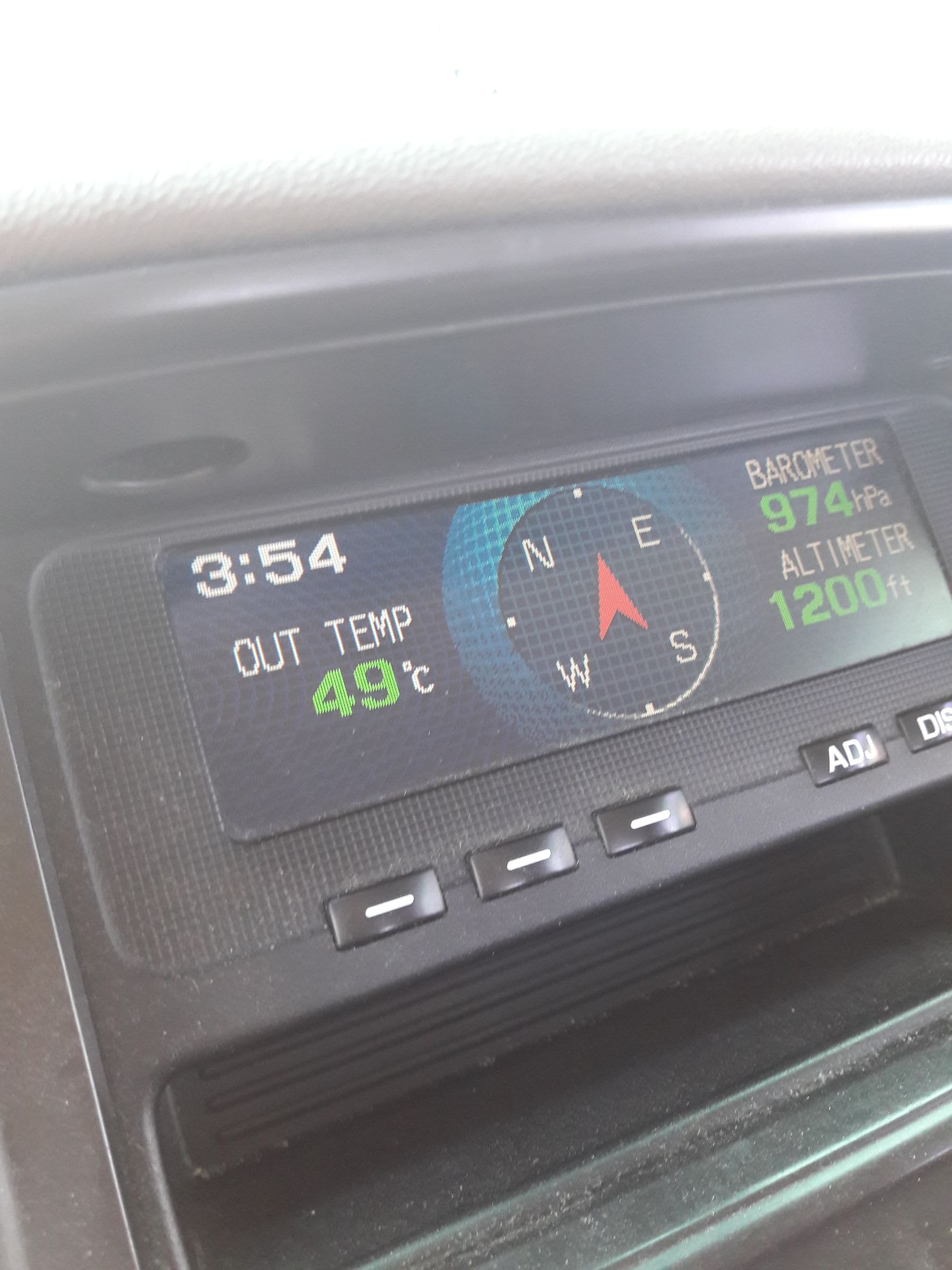
Completely tired and dusty, we decided to continue our journey. But first, we filled up our water supplies for $1. Water is very scarce here, so there is not free water everywhere as usual. We were granted 30l and used it to clean our dusty bodies a bit more with a washcloth. Of course, we also dutifully filled up our tank and set off on the lonely Outback road north.
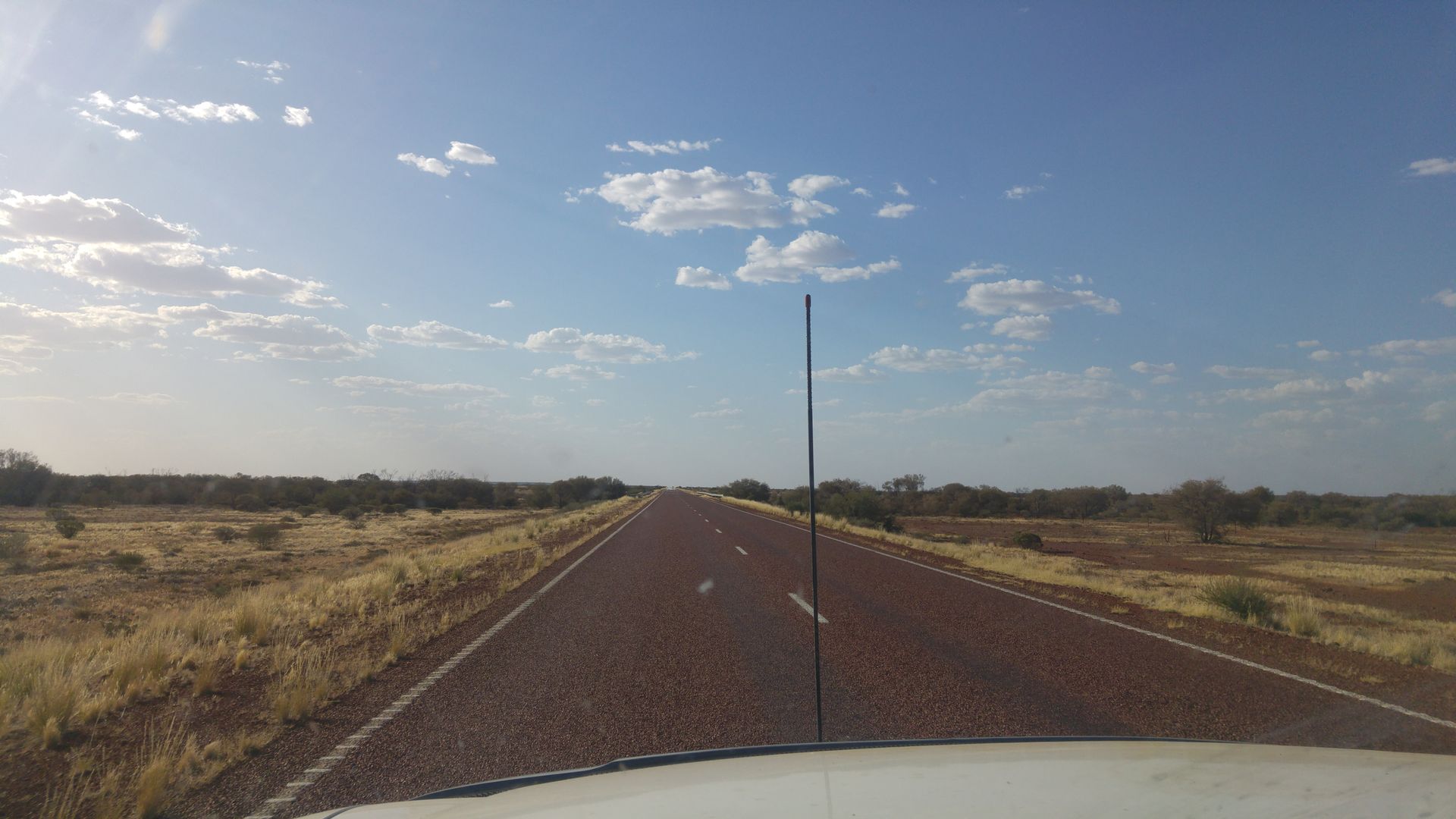
The landscape is relatively diverse for a desert. In addition to the 'lunar landscapes' of Coober Pedy, very large rocks or entire mountains occasionally appeared. The plant life changes between tall trees, bushland, and large salt lakes where really nothing grows. However, after some time, the vast distances become boring. In addition, you can only drive a maximum of 110 km/h all the time, and the roads are usually straight. But we pass the time with radio plays :)

We stayed overnight 330 km from Coober Pedy for free at Hutchinson Memorial Rest Area. We collected some firewood to sit comfortably later. Eucalyptus wood burns really well! Kenny had a lot of fun with the fire and heated it up. But we sat far away from the fire because the heat doesn't really decrease much at night, so the action might not have been as sensible, but it's still nice to look at the fire while having dinner. Moreover, it calmed Krissi down a lot, as there are wild dingoes active in the area, and they are scared away by the fire. At least we hope so.
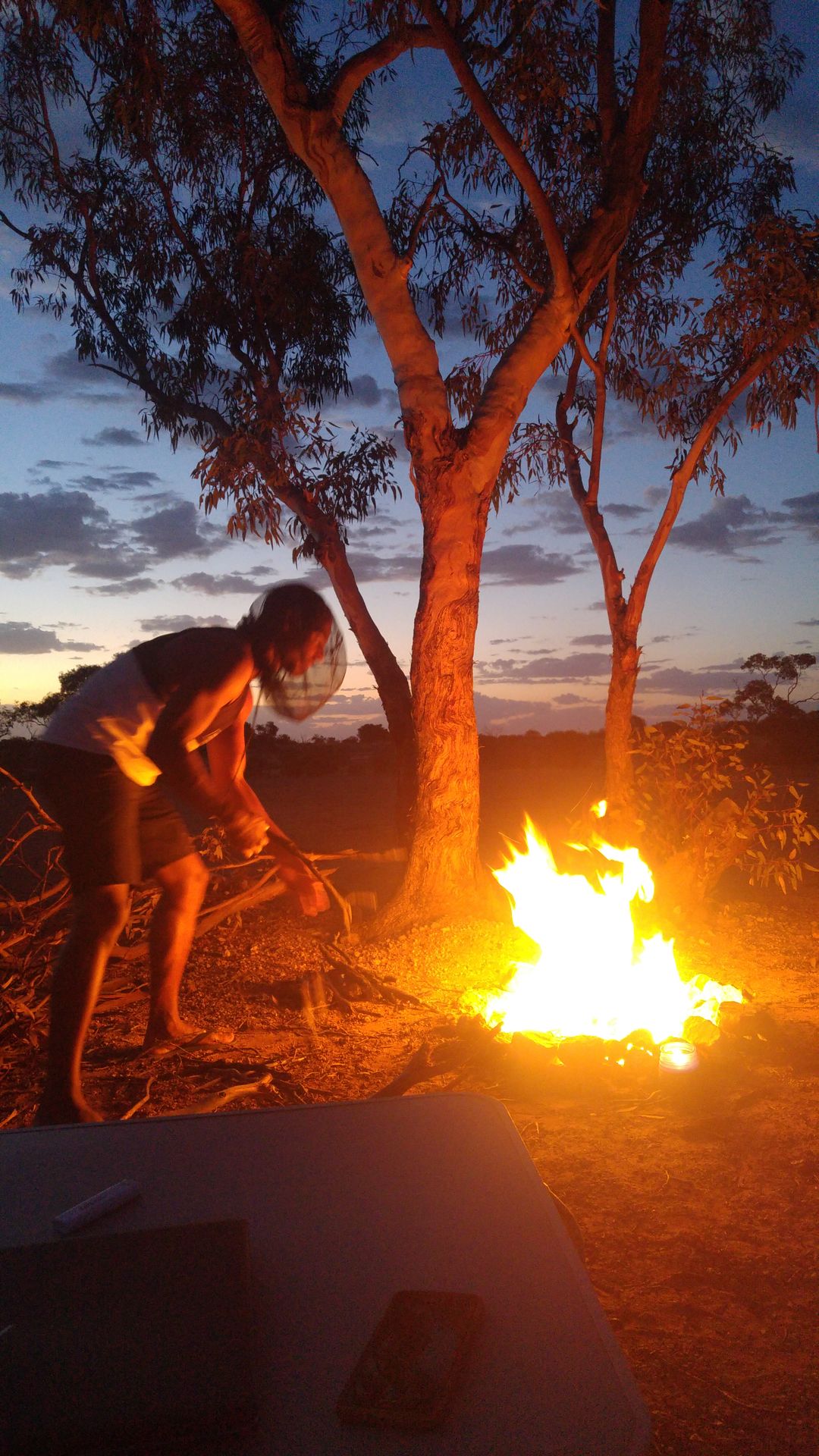
In the middle of the night, Krissi woke Kenny up. There were apparently noises... of course, Krissi often hears noises at night. But Kenny also looked incredulous when a dingo leisurely walked around in front of our car. So we better closed our doors... but we slept immediately when the dingo disappeared into the darkness.
The next morning, we got up early! The alarm went off at 5.45 am so that we could experience the sunrise at Uluru. There was a dune right by the camp from where we could see the red rock well. The view towards the sun was beautiful, but the rock did not show a blood-red colour like in the evening. Well, nevermind, we would see the rock up close today anyway.
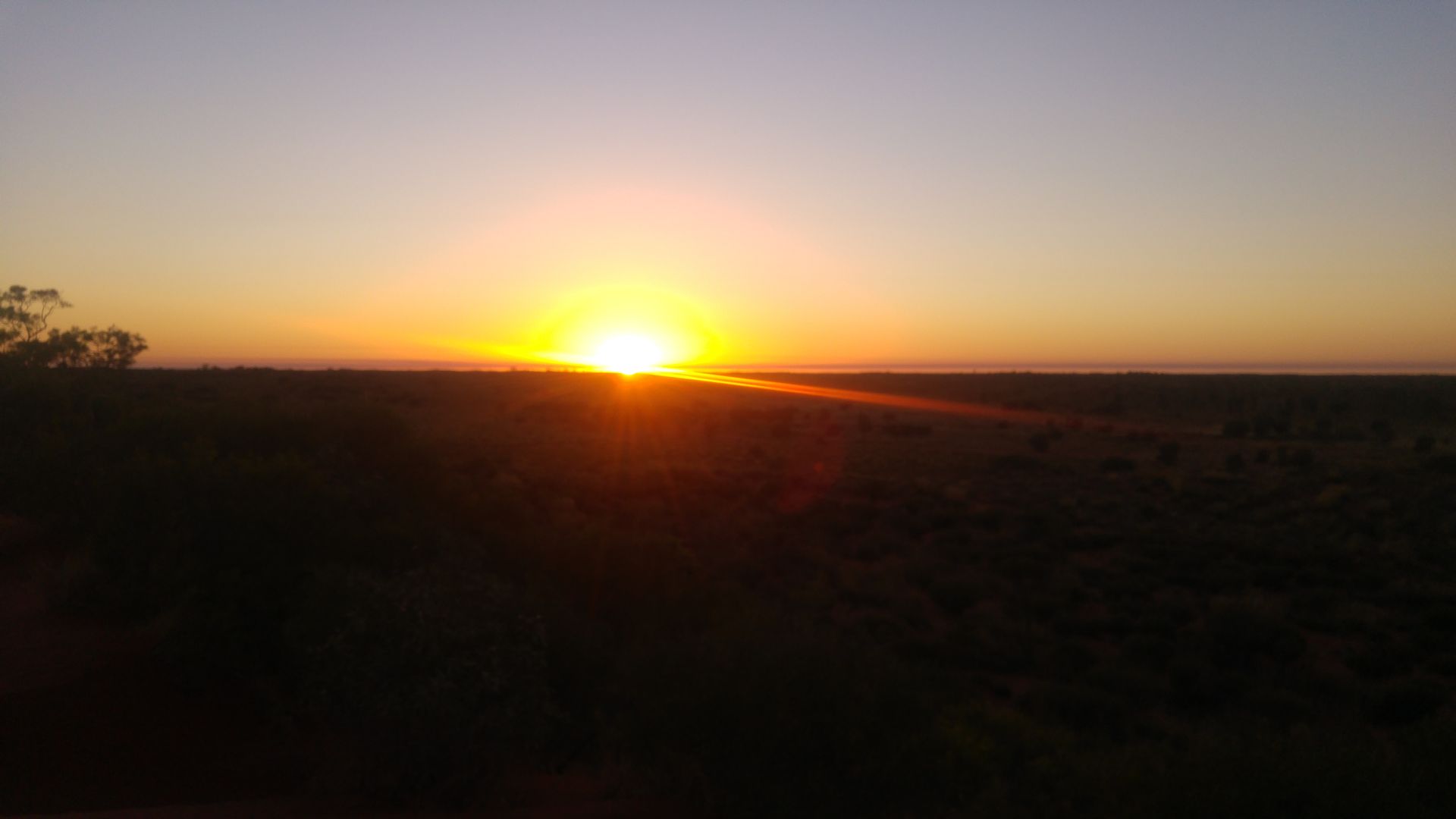
Already when watching the sunrise, we noticed that someone was trying to get from the lower part of the rest area to the road through the sand and kept getting stuck. With our offroad car, we didn't dare to drive this road the day before because there was a big ledge in the sand - a huge stone. The driver now tried again and again to get up the stone with his station wagon without all-wheel drive, hitting the bumper violently every time. So we ran from our dune to help him when he was already on his way to us. Kenny got the spade from the roof of our car and the driver was very grateful for that and disappeared to shovel at his car again while we brushed our teeth. Afterwards, we wanted to push him out of the sand onto the stone when he tried again. Kenny recommended that he put the floor mats underneath, whereupon he produced a sleeping pad that he probably didn't need anyway. Okay, that probably works too. Now he took even more momentum than before and we were ready to push. The car revved up and crashed against the stone again, but this time his tyres had grip and pulled the car onto the rock. Mission accomplished. The driver - a Frenchman named Vince - was very grateful to us and joyfully said goodbye.
And off we went to Uluru again. Despite getting up early, we decided against the base walk around the rock because the sun was already shining brightly again. So we initially parked our car at the Mala Walk, where you used to be able to climb the rock. However, this is no longer allowed out of respect for the local aborigines. Up close, Uluru still has a lot to offer. You can see caves and watercourses in the rock and even Aboriginal cave paintings in some sections. We only walked along a part of the path in the shade (we met our Frenchman from the morning there again) and then returned to the car. We drove counterclockwise around the rock to the Mutitjulu Waterhole.
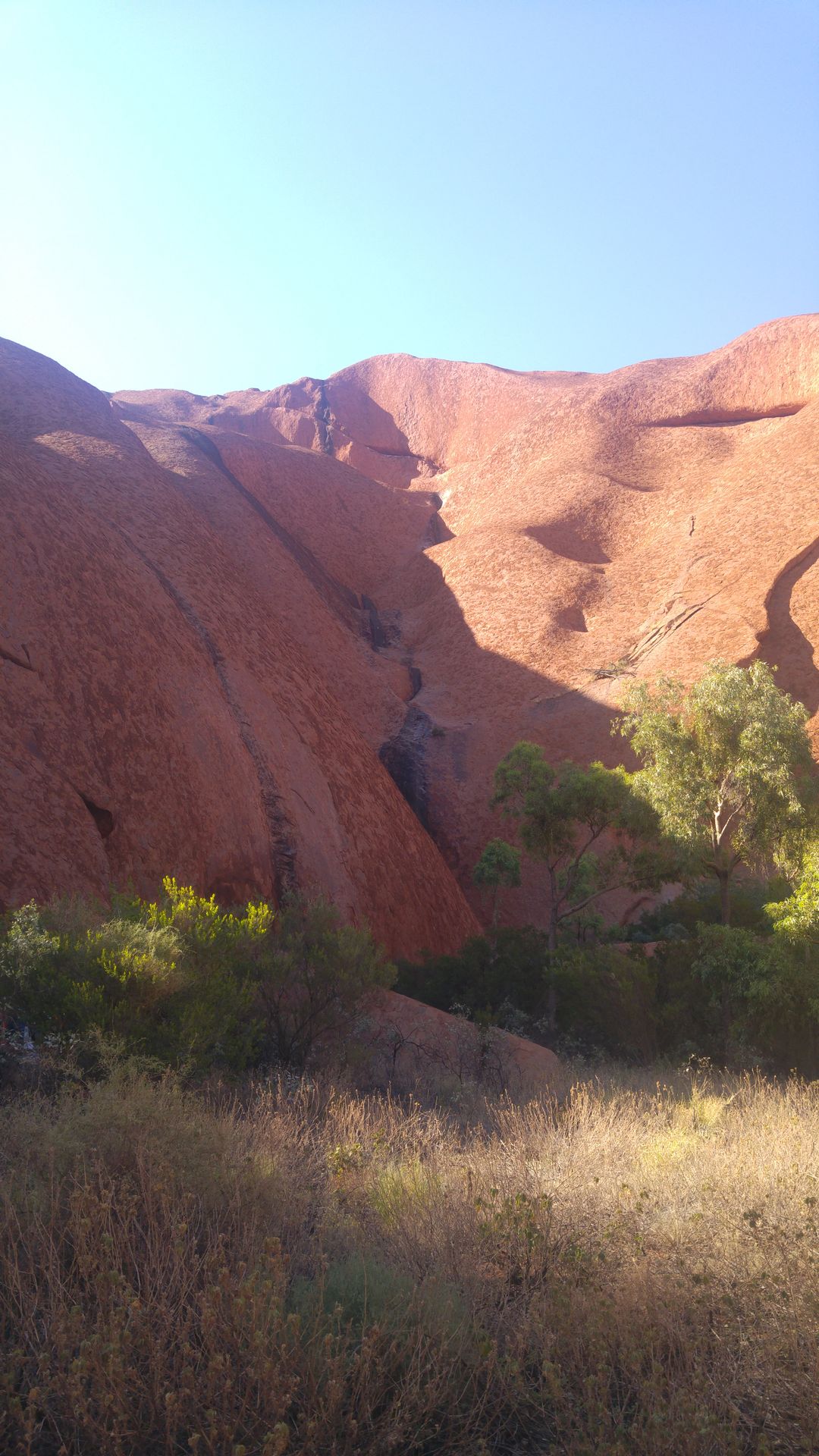
After a short walk, you really arrive at a small water hole where water has collected from the rock. It had not rained for 6 weeks, so the environment was completely dry. Many large tourist groups were of course also there, so we didn't stay there for long either.
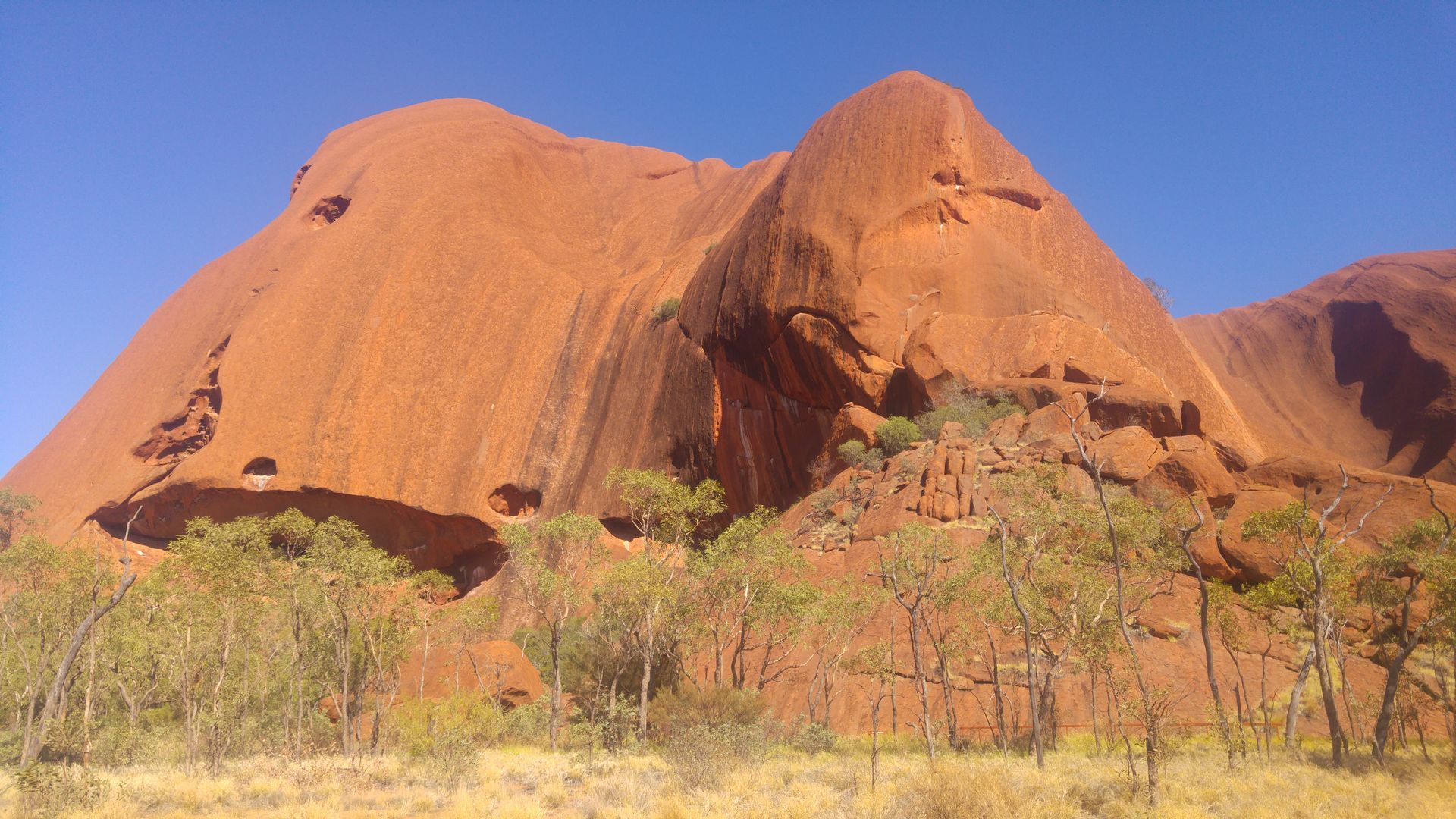
However, Uluru is also very diverse there and you discover many rock formations that you don't see from a distance. We drove around the rock counterclockwise once again so that Krissi could take beautiful photos from the passenger side, then our Uluru adventure was over.
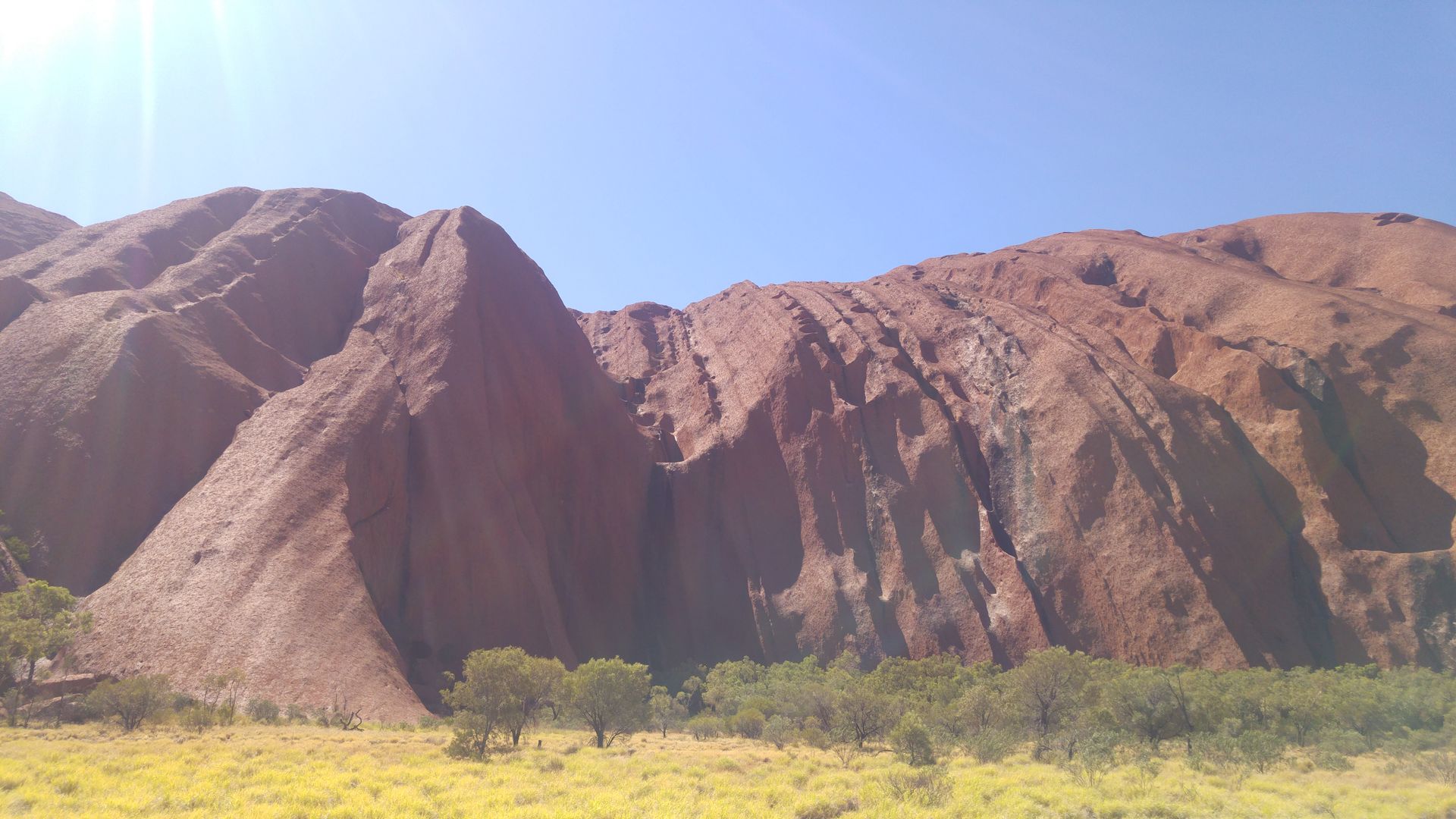
But not far away, Kings Canyon was waiting for us. We headed in that direction and stopped at Curtin Springs Cattle Station for lunch and a shower. This was the first time that there was warm water, but we only showered cold since the temperatures were already back at 45 °C. Krissi showed her entrepreneurial spirit and sold our 3-day national park pass to other travelers, which earned us $25 back. :) After a long time without internet reception, we were tempted by the free Wi-Fi at this rest area. So we each bought an ice cream ($14!) and sat in the cozy outdoor area in the shade. It was very pleasant there. And our phones glowed from answering messages and new stories for Instagram. A roadtrain driver also relaxed there, so we chatted briefly. Did you know that these giant trucks can be up to 54 meters long and have 18 gears? We were amazed. On our trips, we also count the axles with joy when we encounter a roadtrain. 23 axles was the maximum so far, so you have to count quickly ;)
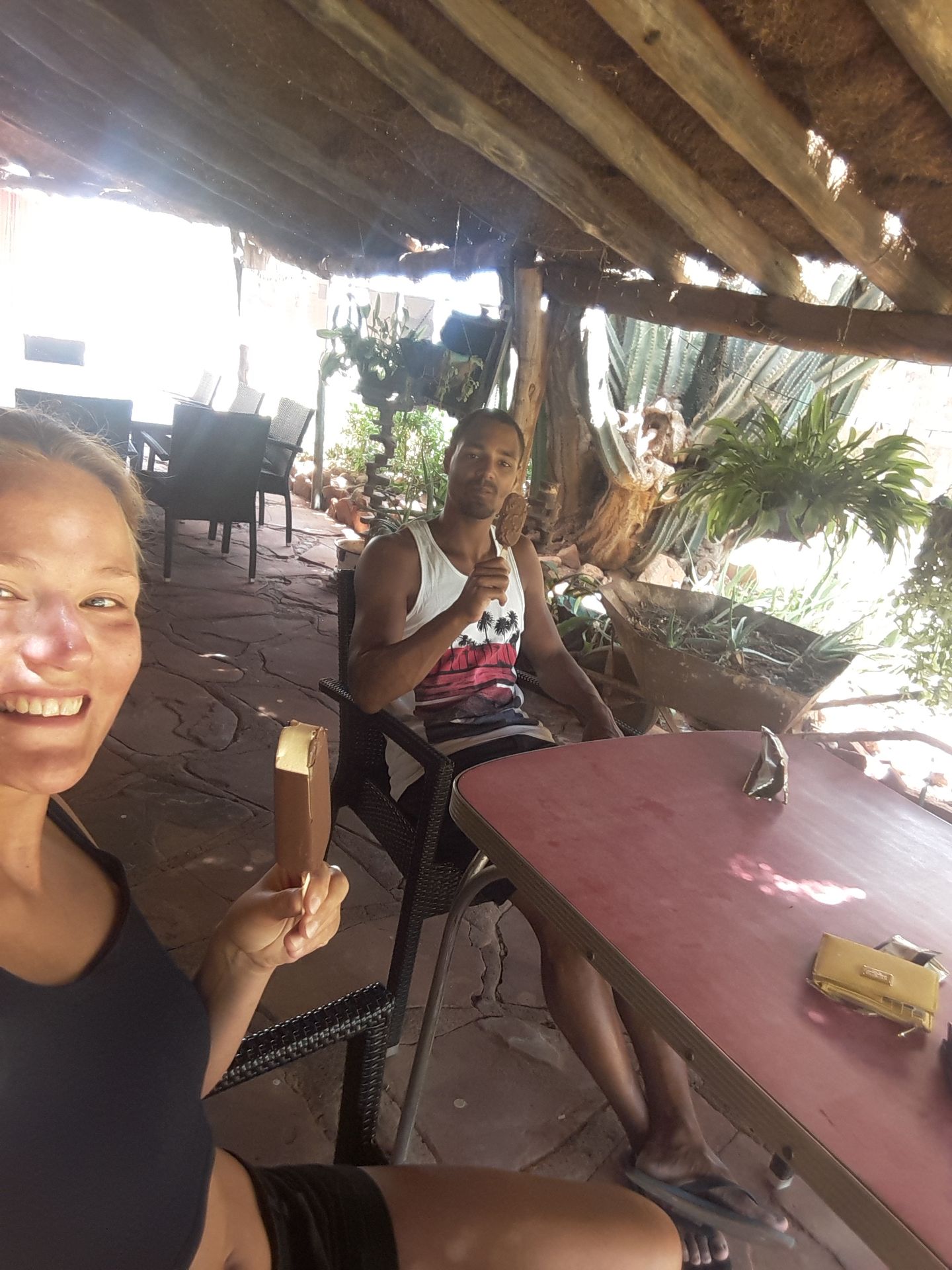
We relaxed and lingered a bit at this rest area. Fortunately, our food supplies held up quite well without a refrigerator in the heat. After shopping, we went to the Historic Telegraph Station, where we threw our freshly caught ham and eggs on the BBQ grill in the park and ate something other than noodles or rice for the first time in a long time. That was great. Then Krissi had to think about something because she had heard about an open job that she could start in Germany in April. Meanwhile, Kenny was waiting at the DKB Bank to set up his TAN procedure again. Such things also have to be done at some point. When the park closed at 9 pm, we drove to the 'Tropic of Capricorn Rest Area', our free camp for the night.
We woke up again, fleeing from the many flies in the camp, and drove straight back to the park where we were the night before to have breakfast. The only attraction of the day was a visit to ANZAC Hill. From here, we had a good view of the entire city and the surrounding MacDonnell Ranges. Unfortunately, Alice Springs doesn't have much to offer.
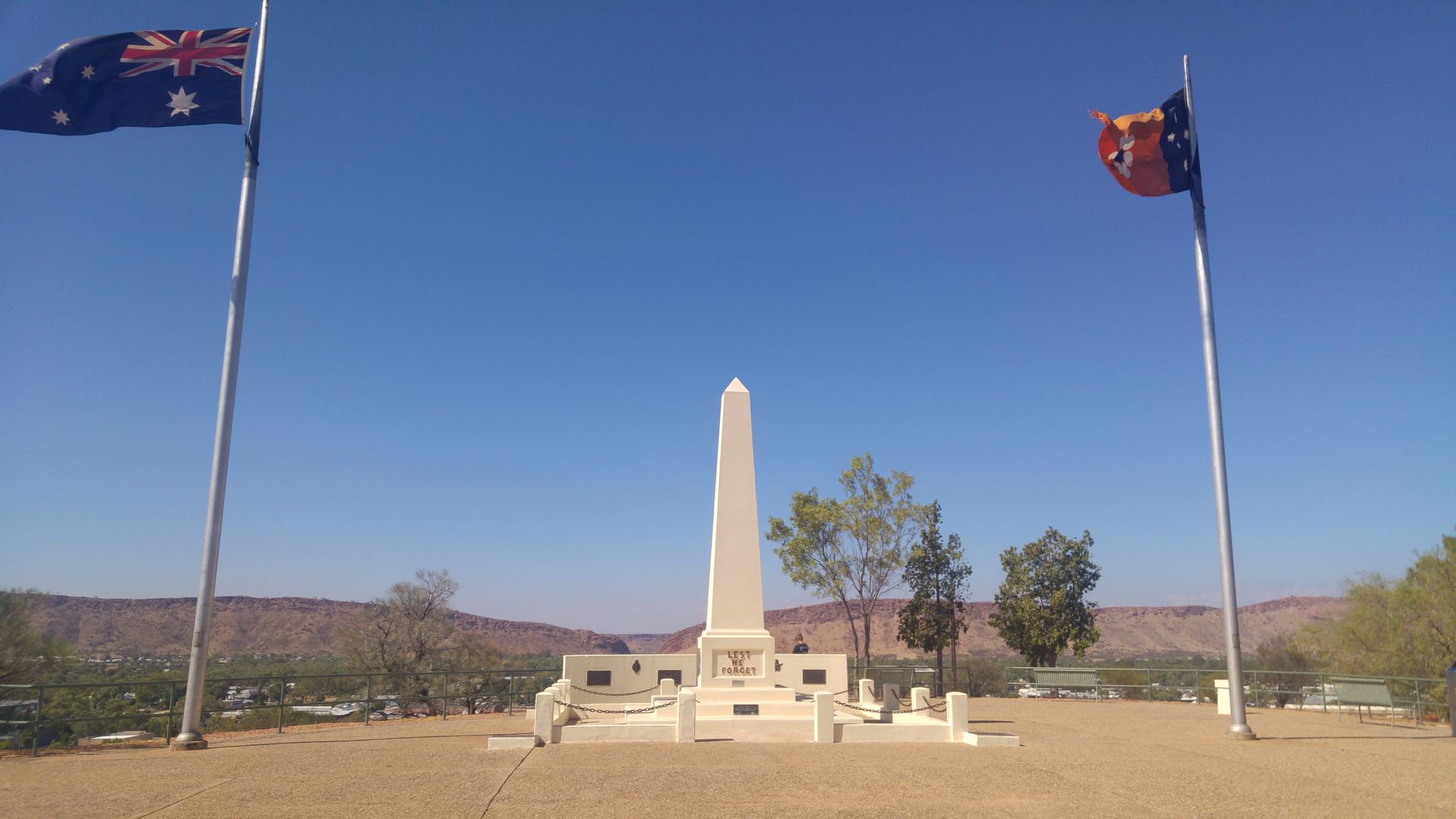
We continued to Jessie's Gap and to Emily Gap.
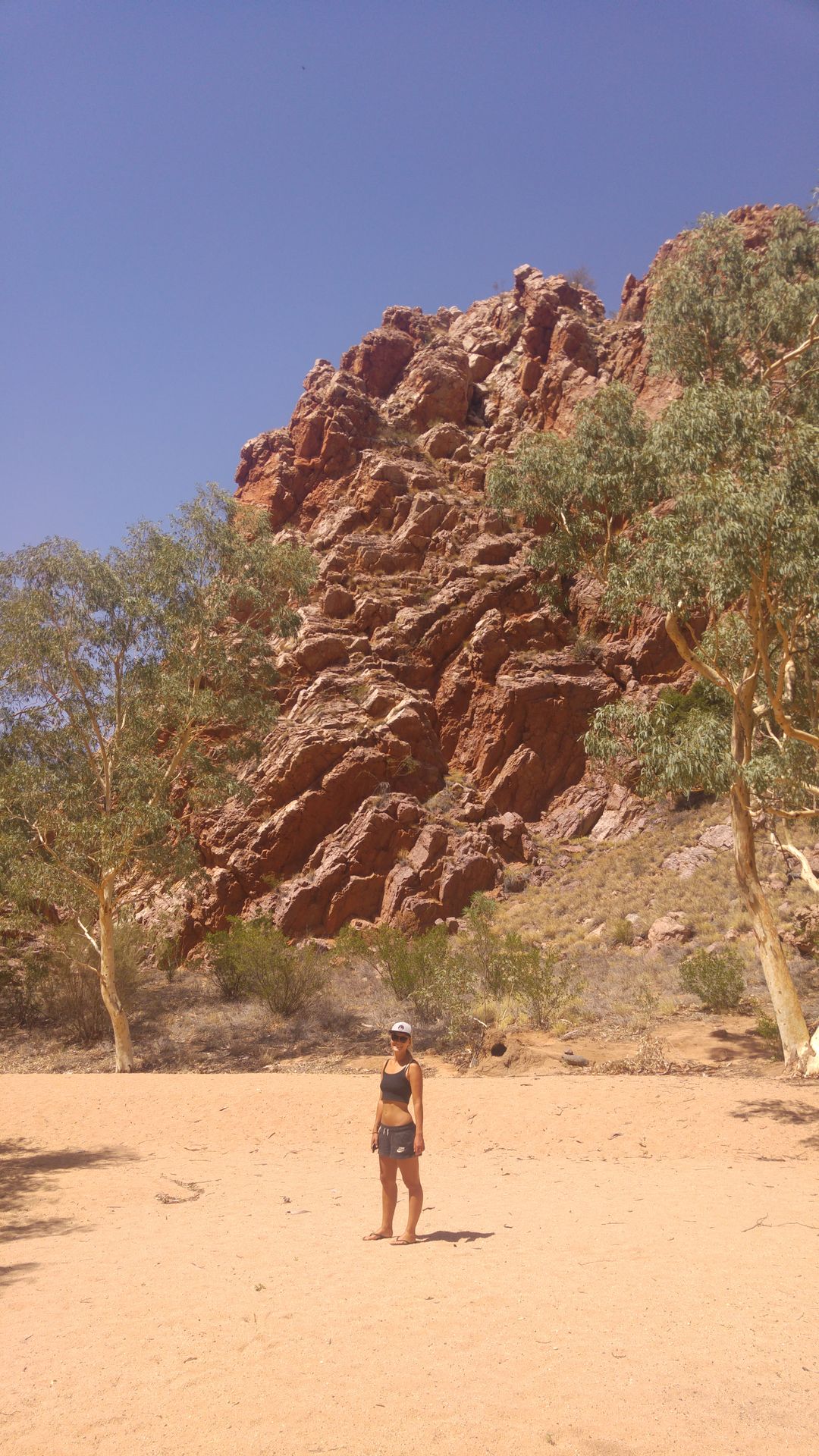
Wide gaps in the rocks.
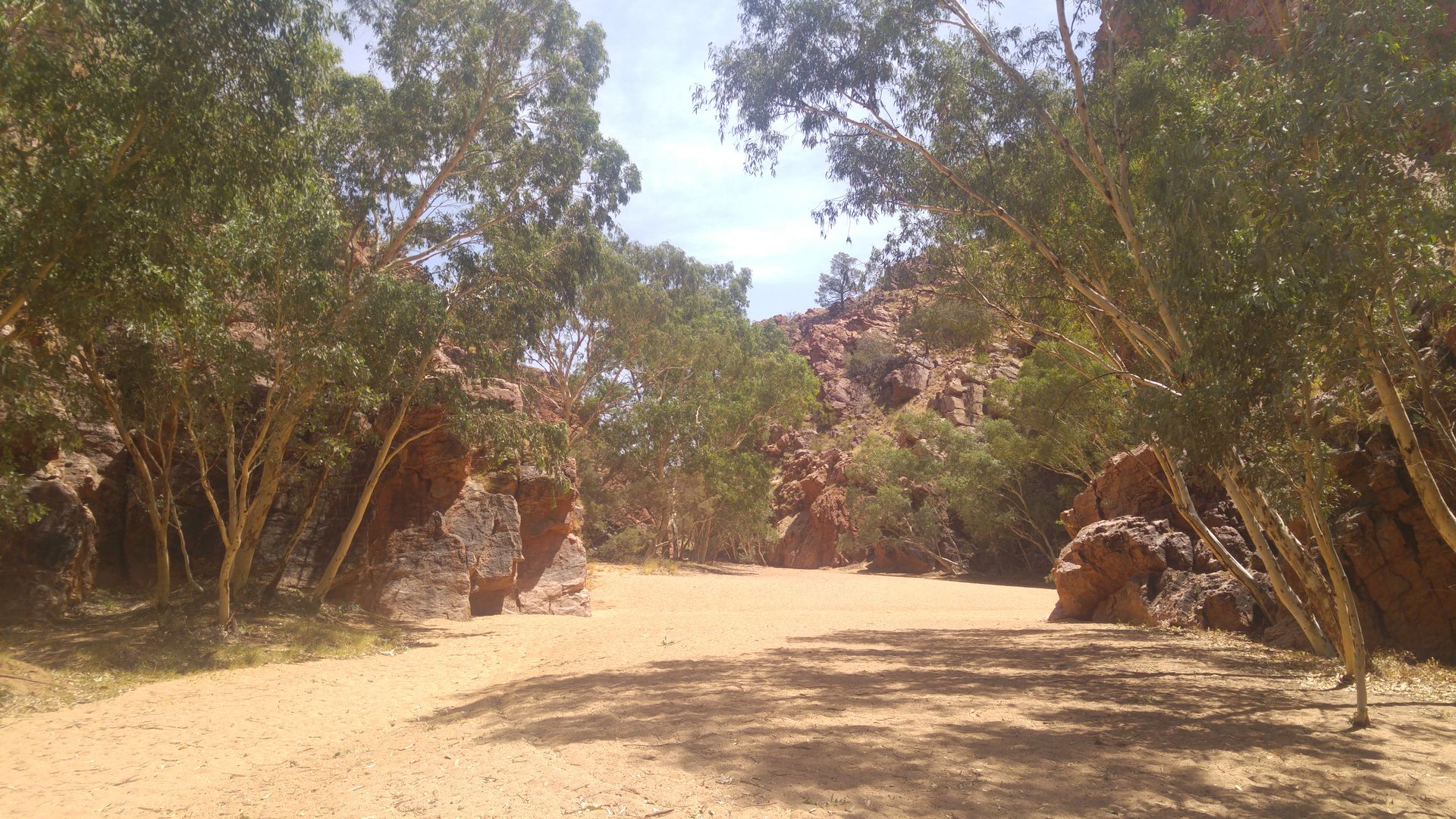
Actually, we wanted to visit a meteorite impact site and waterholes along the way, but then we decided against it because it would have been another detour of 400 km. Well, better not take any risks, because I don't think someone passes by so often if we get stuck in the sand...

So we started our journey back through the Outback. On Saturday, we drove just over 700 km and spent the night in Coober Pedy. The next day, exactly one week after our departure, we drove almost 570 km. In Woomera, we visited the Rocket Park. Among other things, carrier rockets for satellites as well as war rockets and intercontinental missiles are publicly displayed there. Accordingly, Woomera means 'spear throw' in the language of the Aborigines.
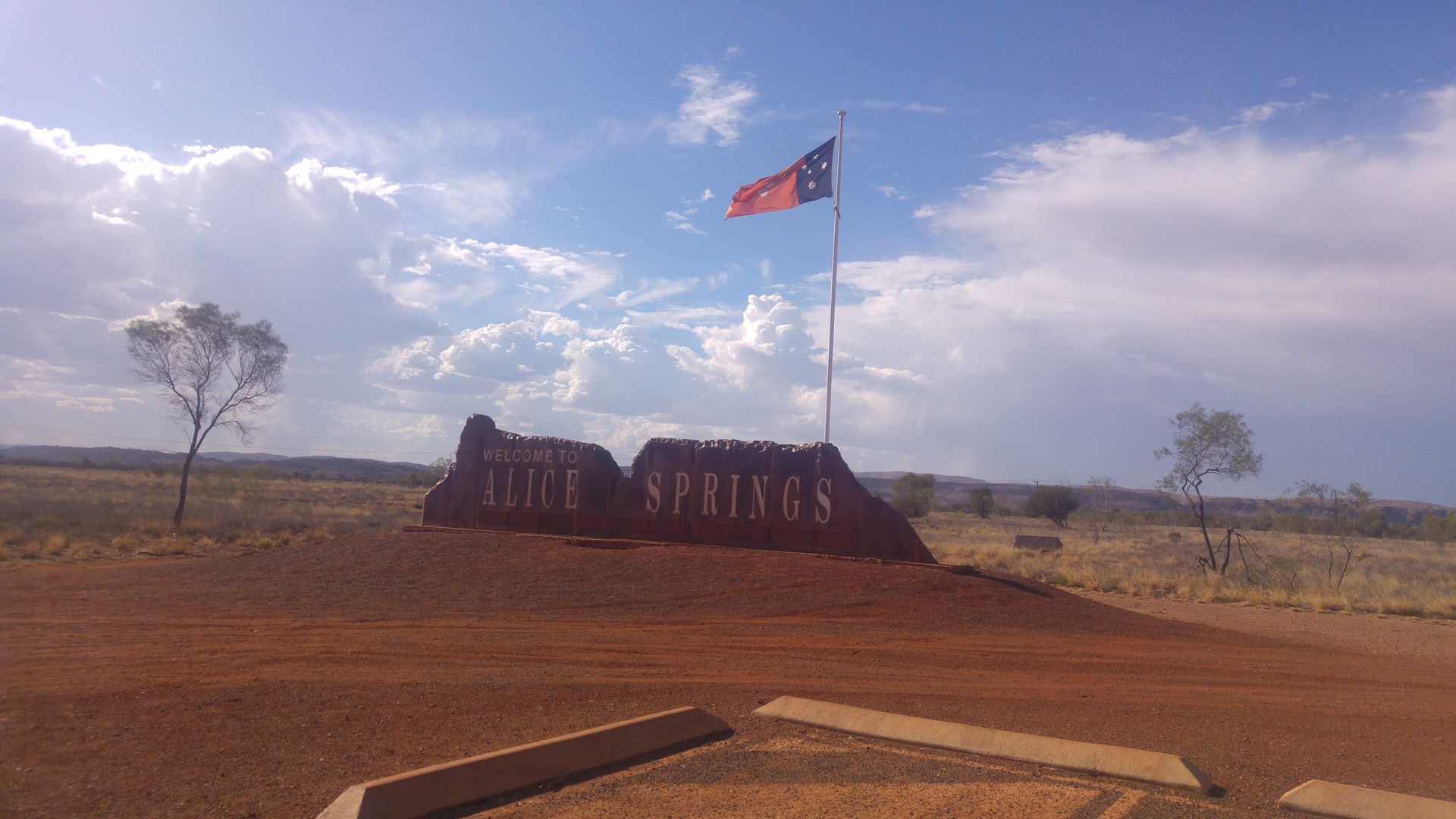
In the evening, we reached Port Augusta and thus survived the Outback without any incidents. Although we spent an incredible amount of money on petrol for the drive, it was still much cheaper than if we had booked a tour. We are not sure if it would have been worth it just for the visit to Uluru, but with Kata Tjuta and the hike in Kings Canyon, it was worth the trip. The best thing is to just not think about this incredibly long distance. Both were still very happy to finally be back in civilization and to see something other than desert plants.
We spent the night at the foot of the Flinders Range mountain range in the Horrocks Pass Bush Camp. We enjoyed the peace, the low temperature of 30 degrees, shade and a breathtaking sunset.
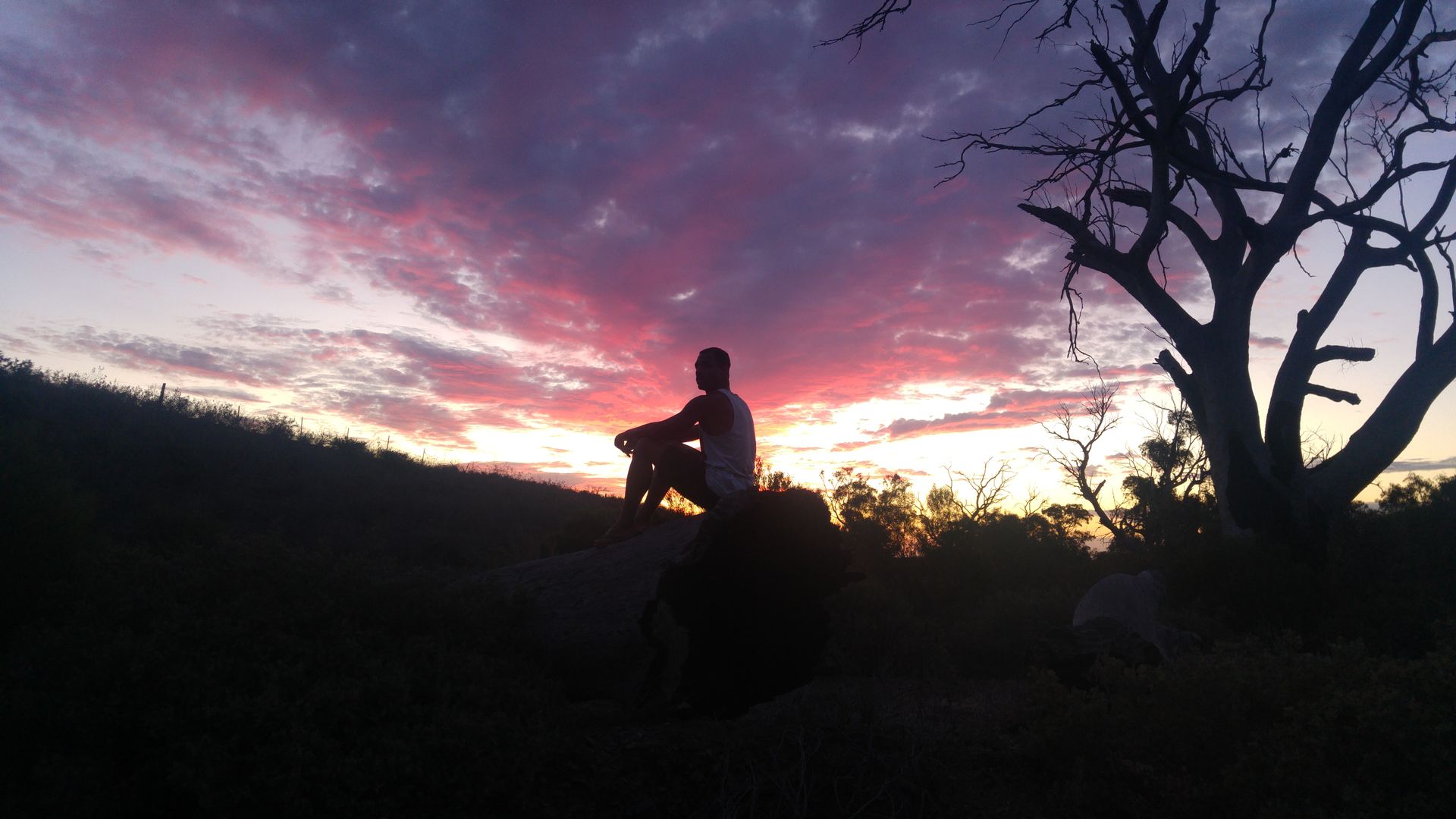
We have to drive back to Melbourne by the 27th of January. There we have booked a ferry to Tasmania.
Prenumeruoti naujienas
Atsakymas (1)
s.
Hallo, nochmals Grüße vom "deutschen Paar", da wir uns ja x-mal getroffen hatten :-)
JuStMeMi
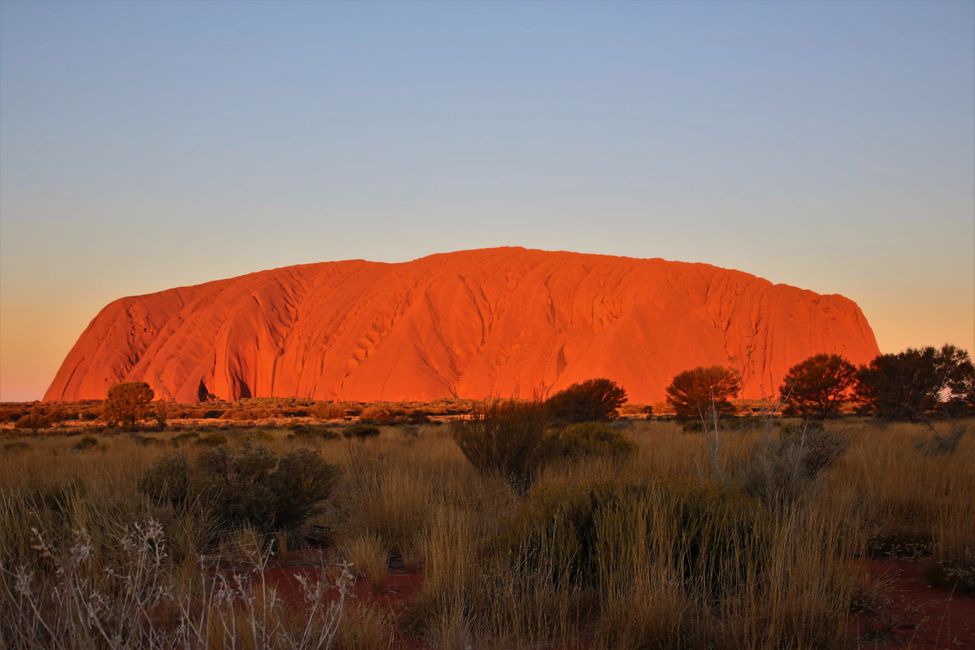
Australija kelionių ataskaitos
